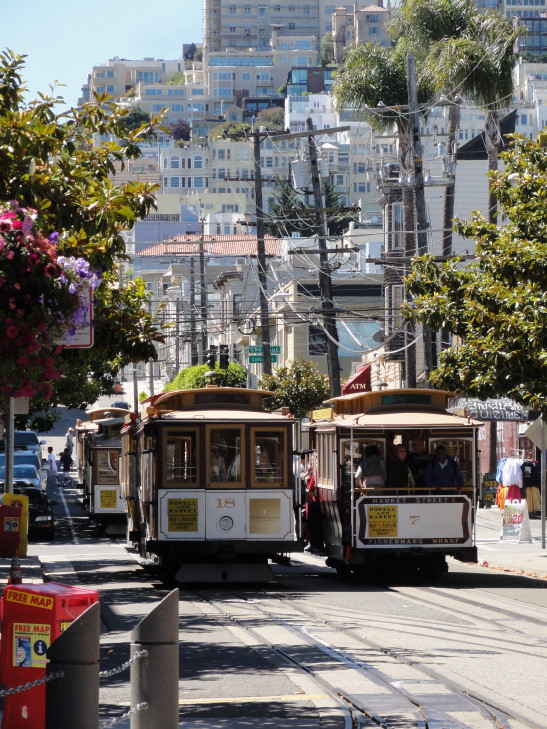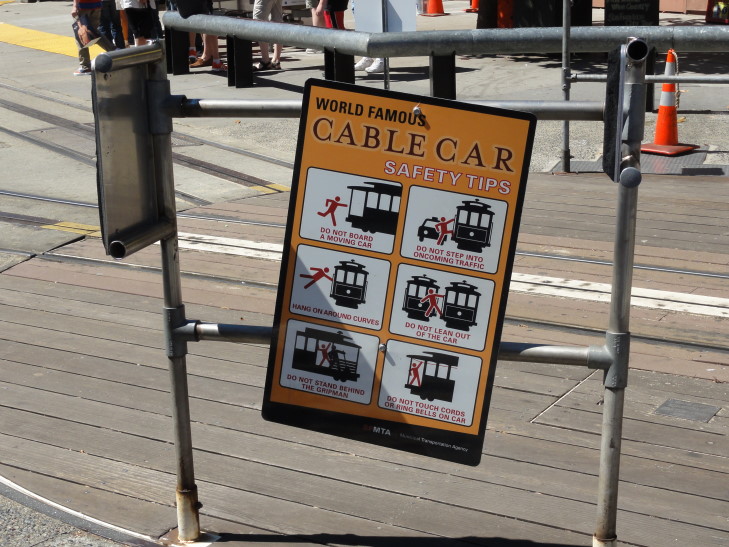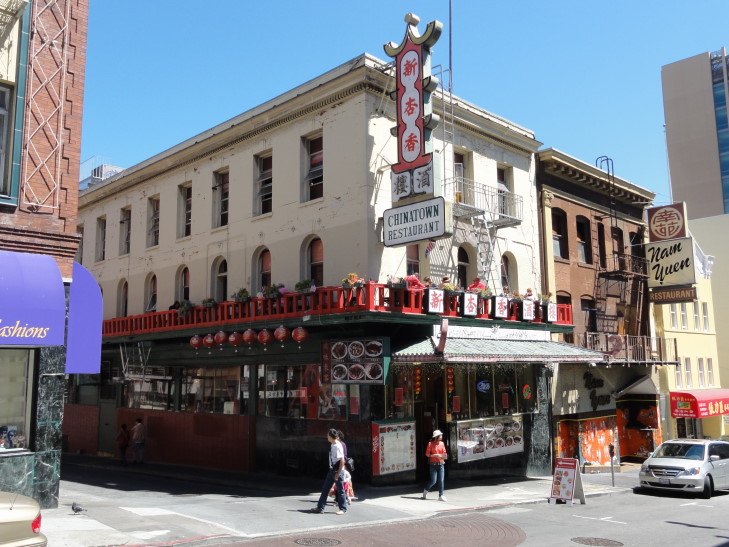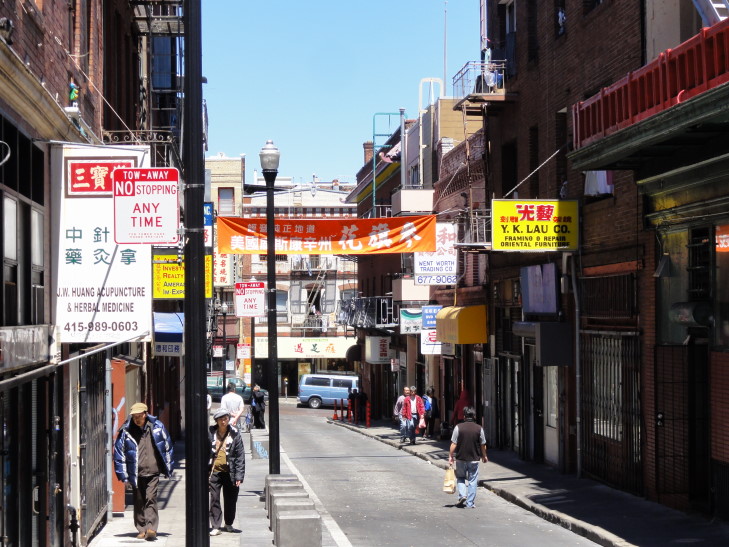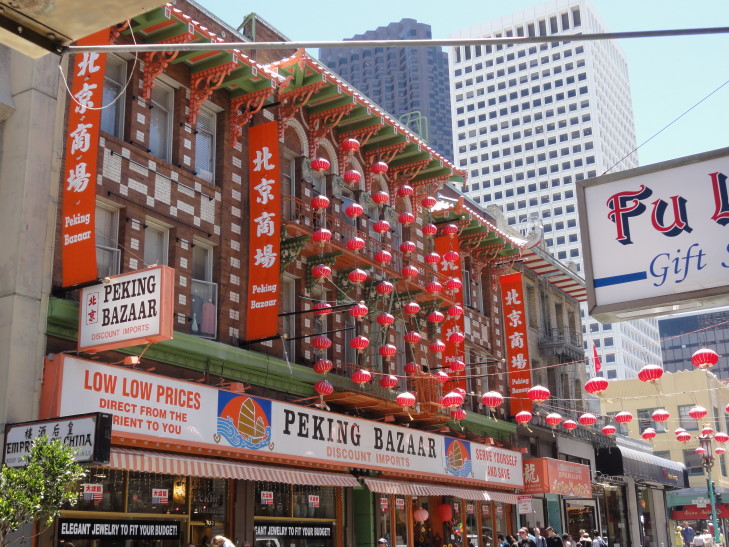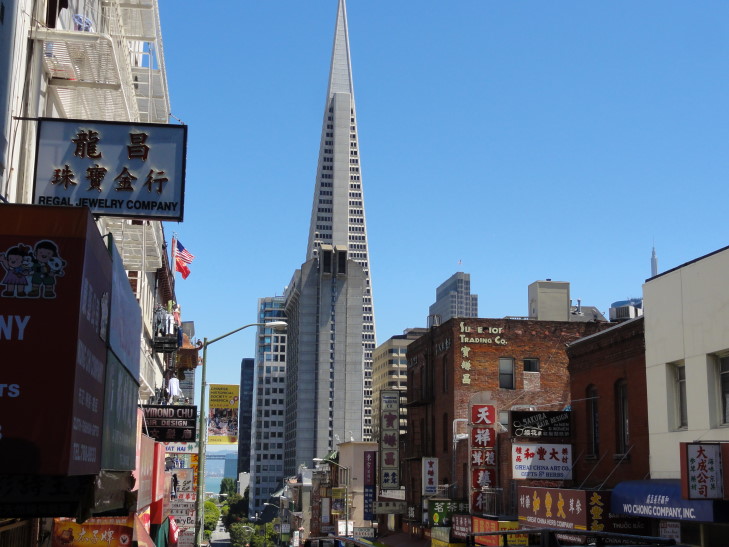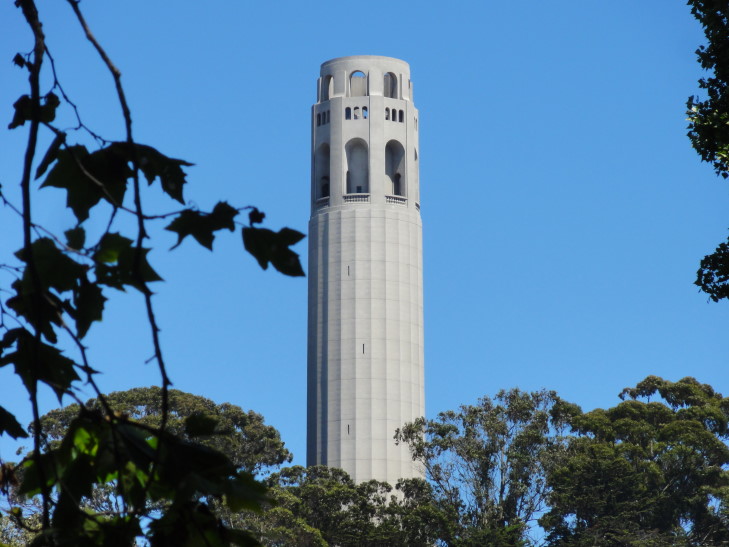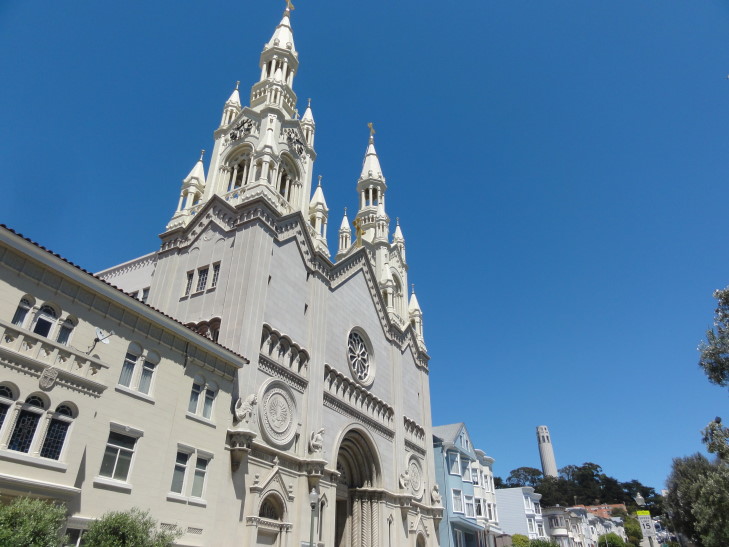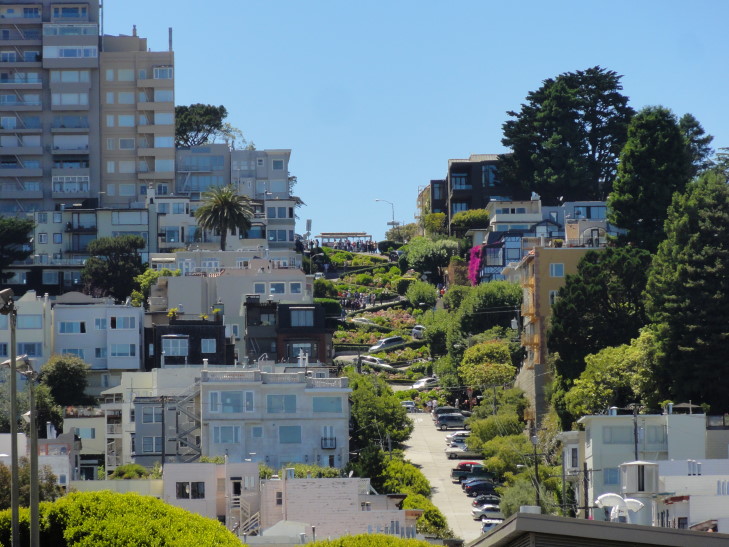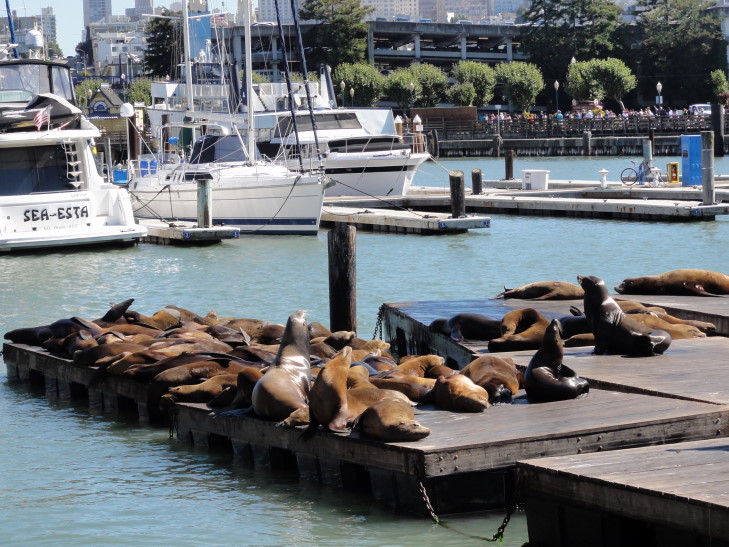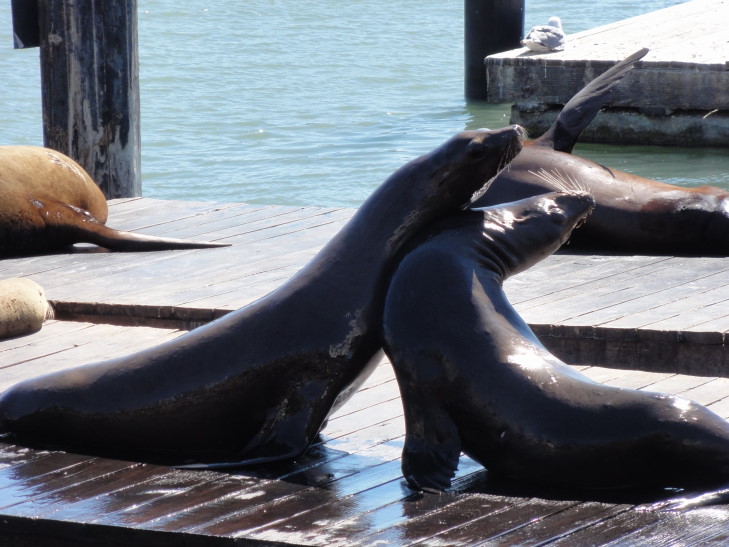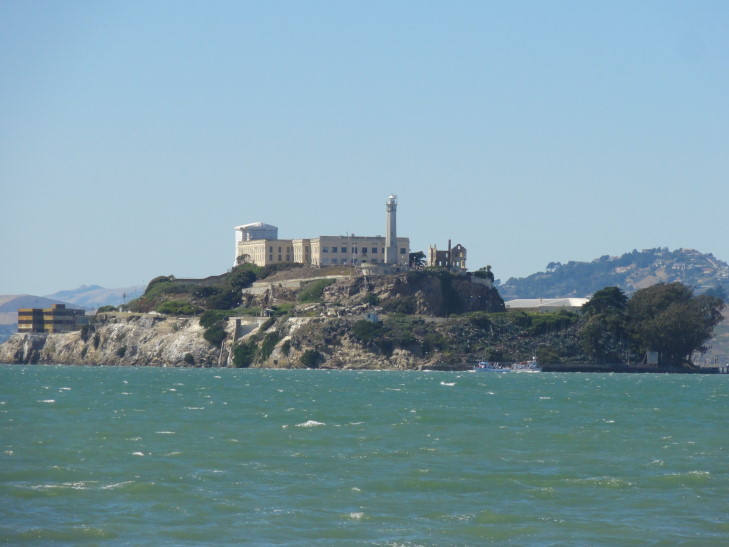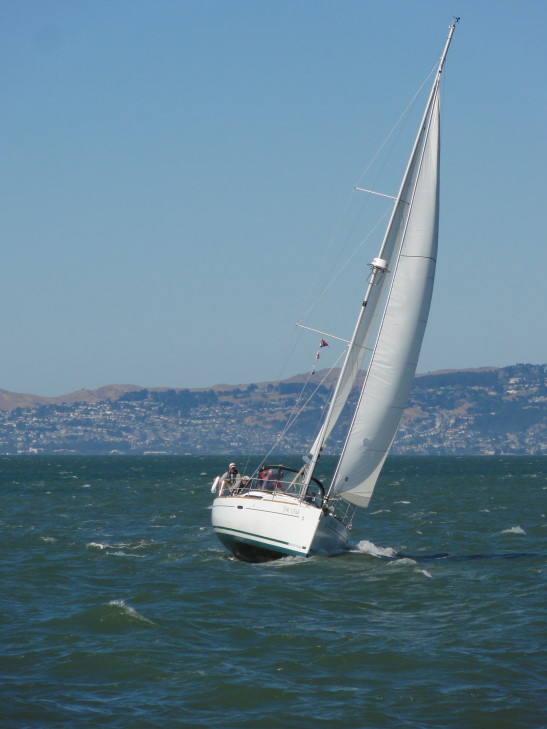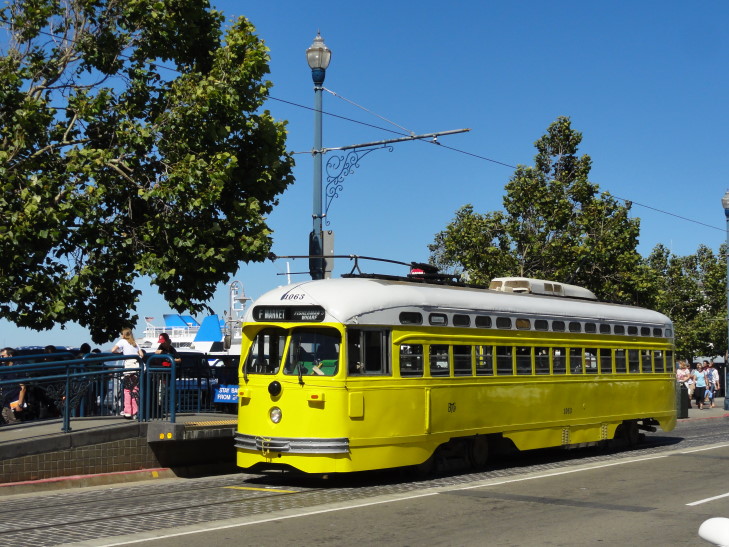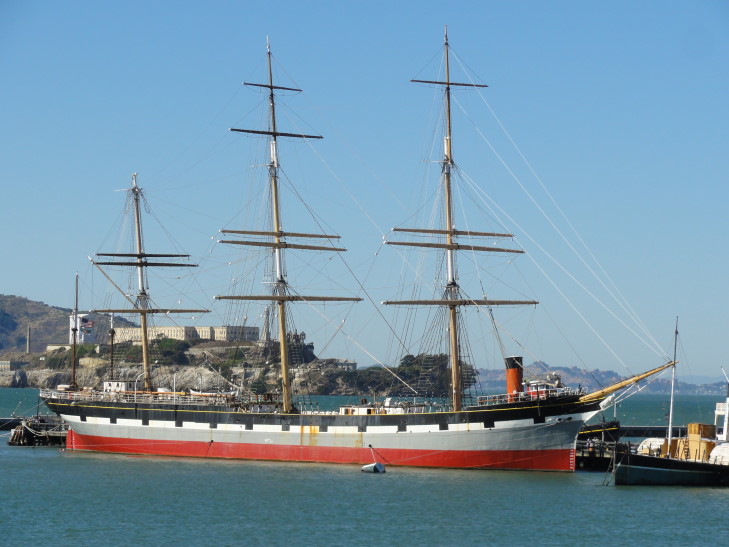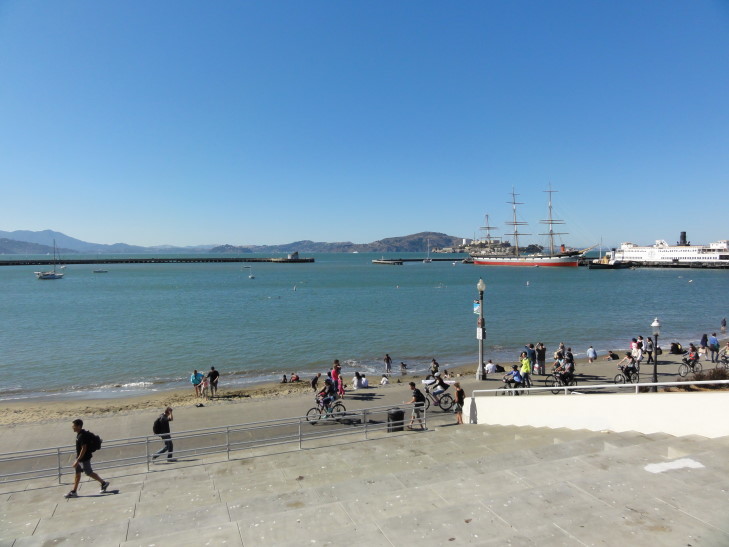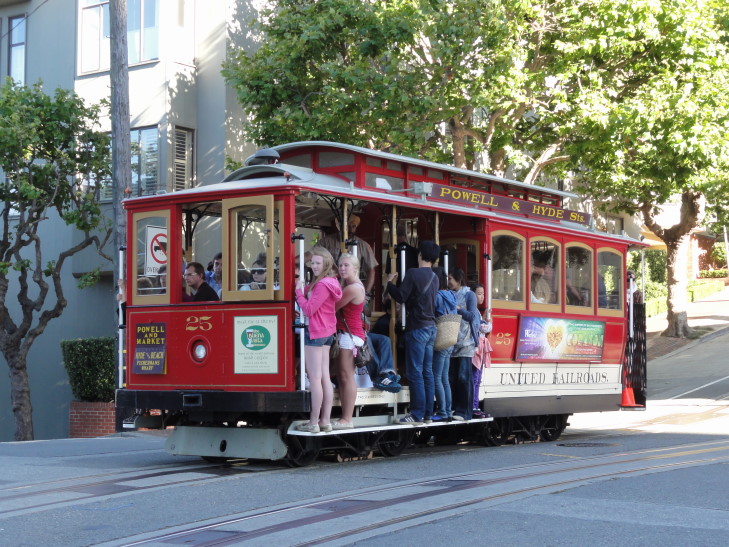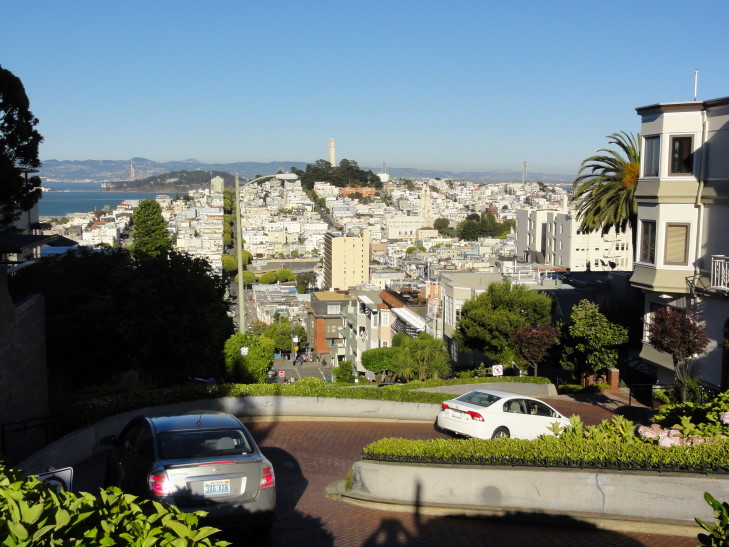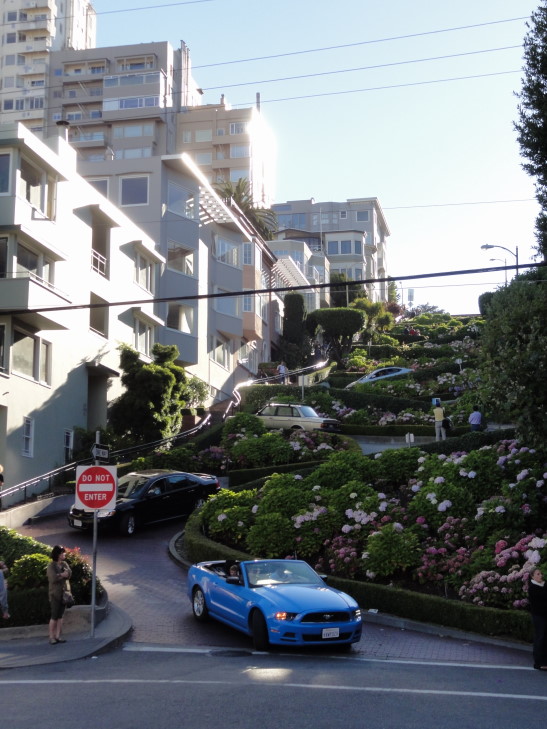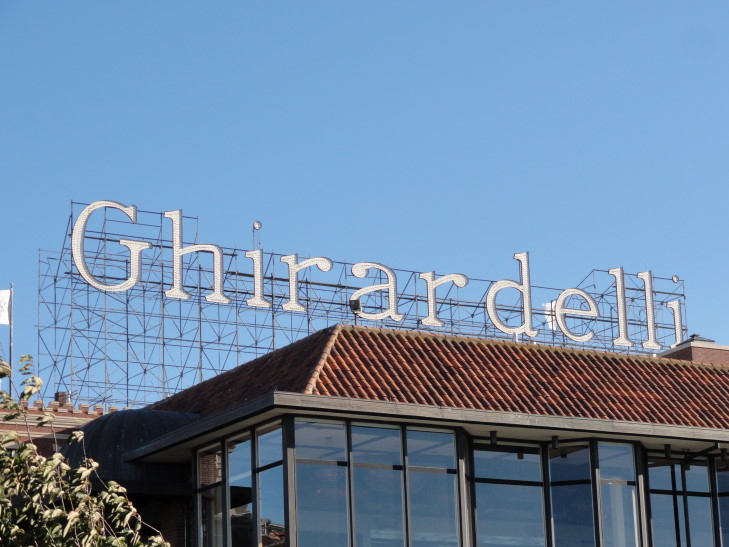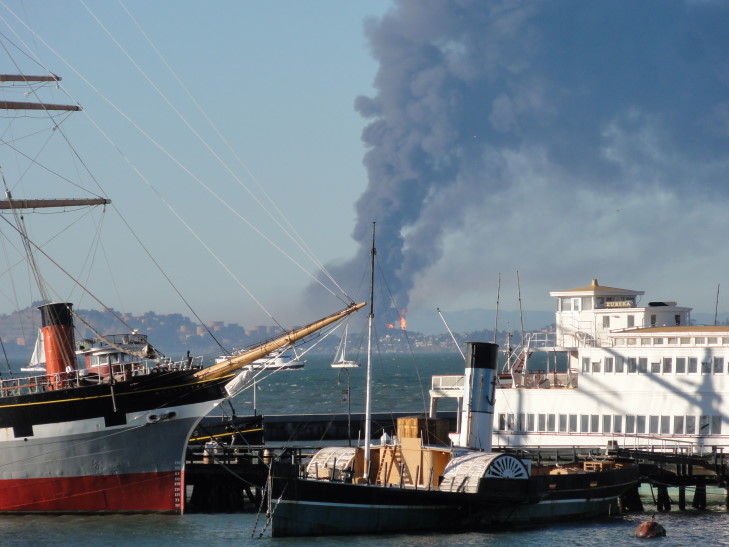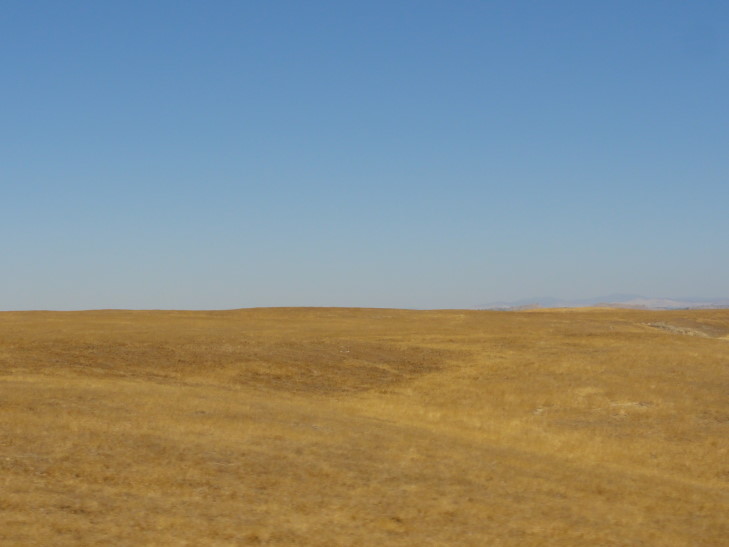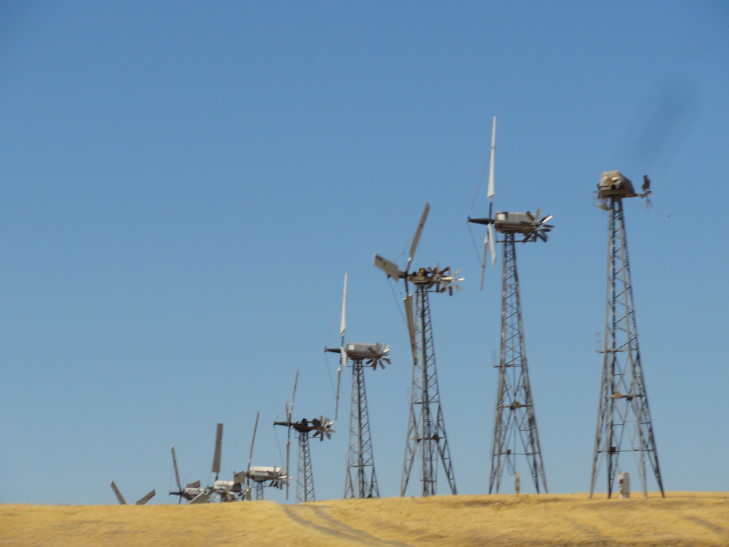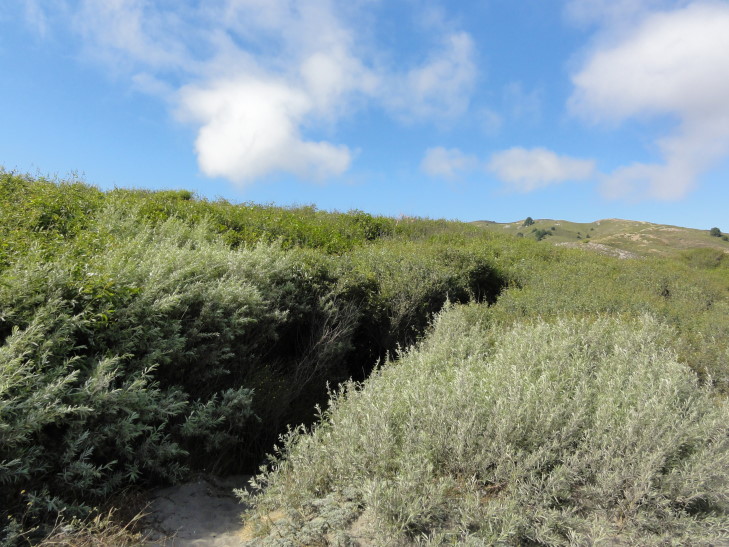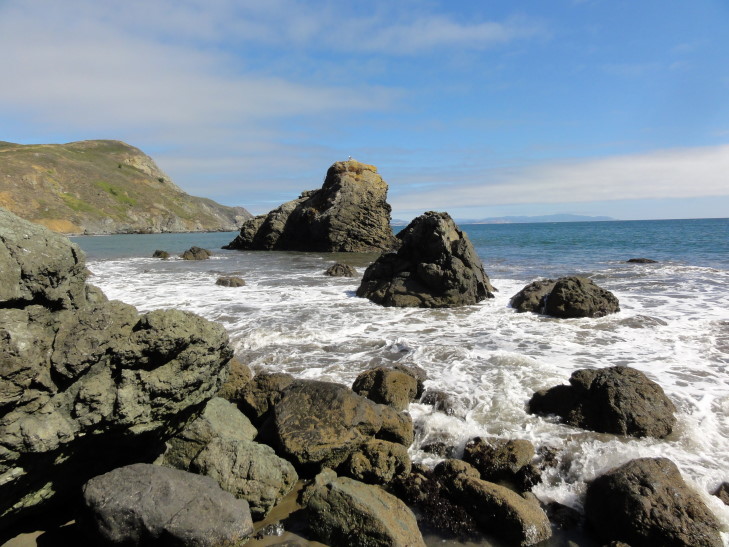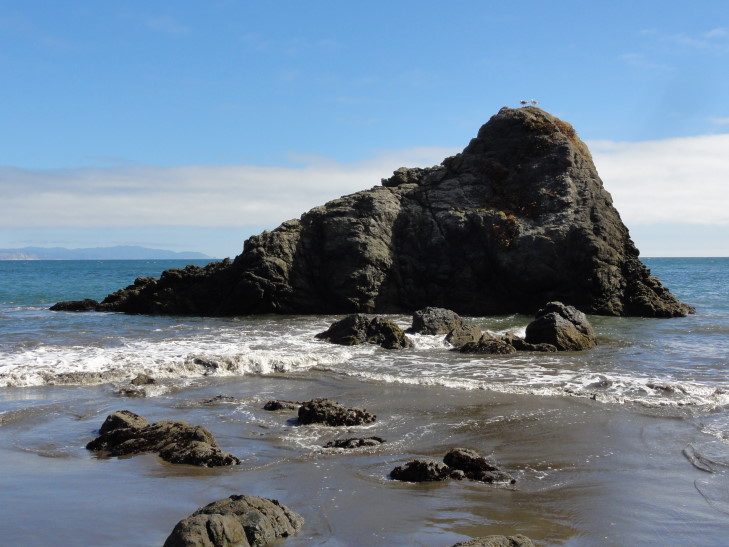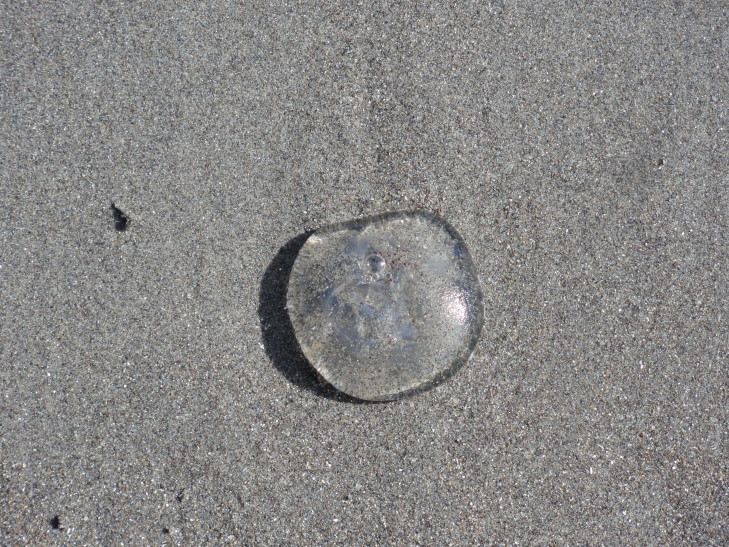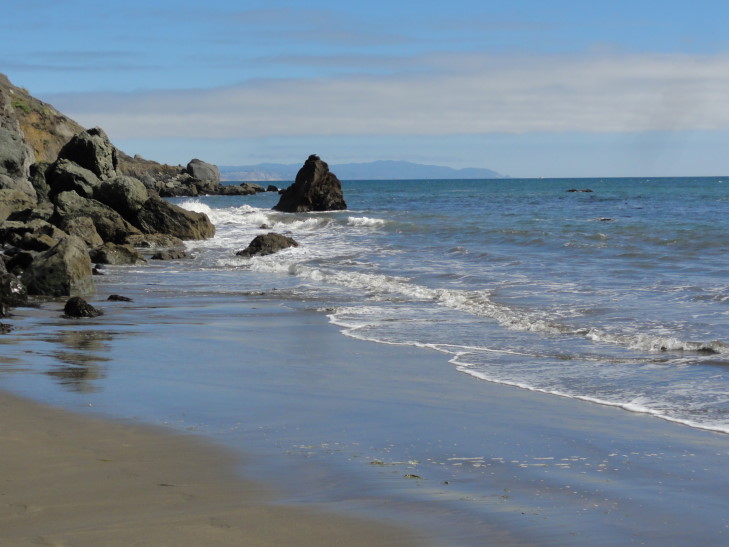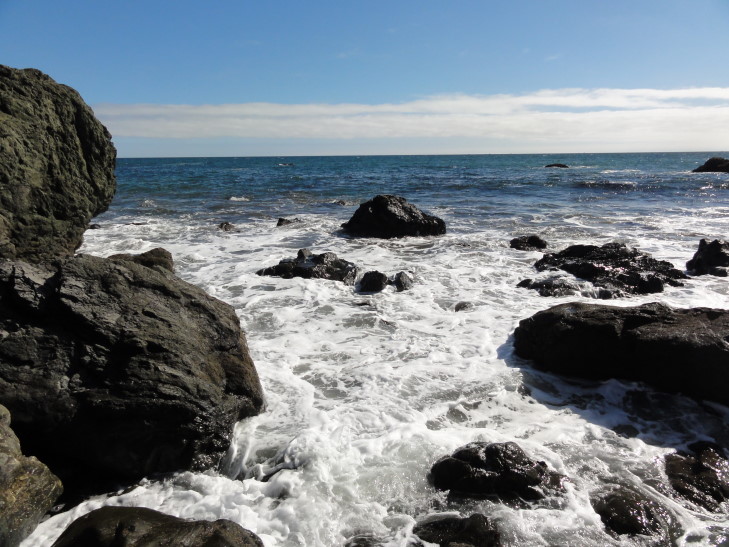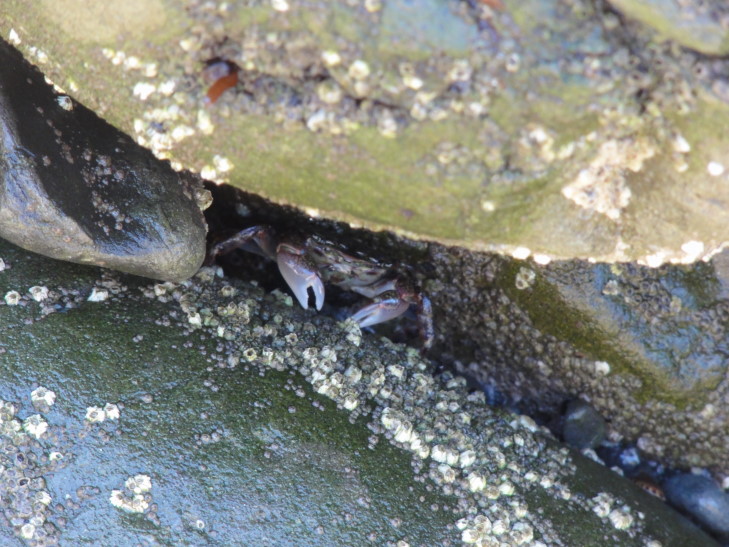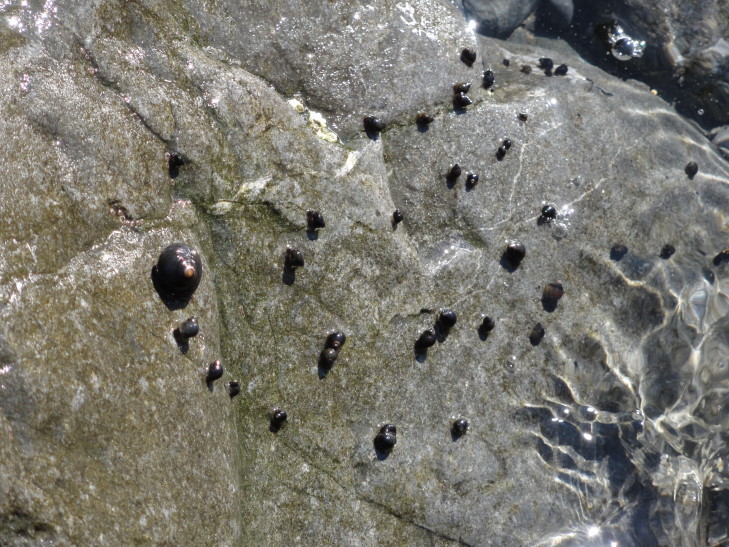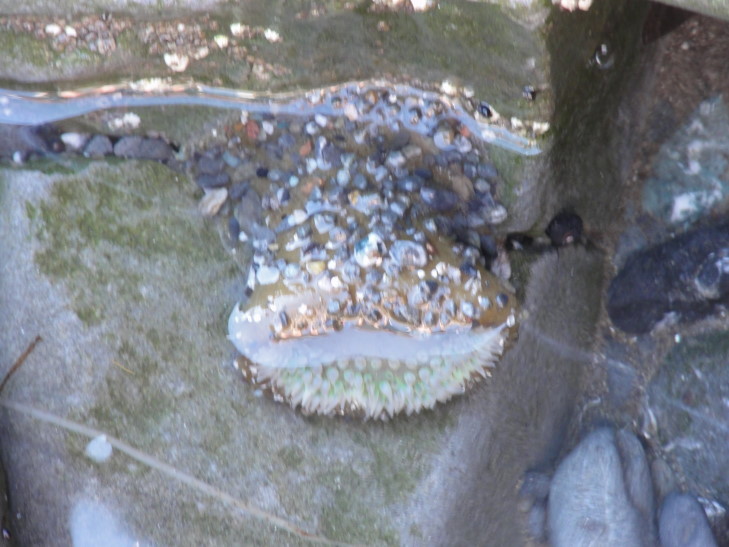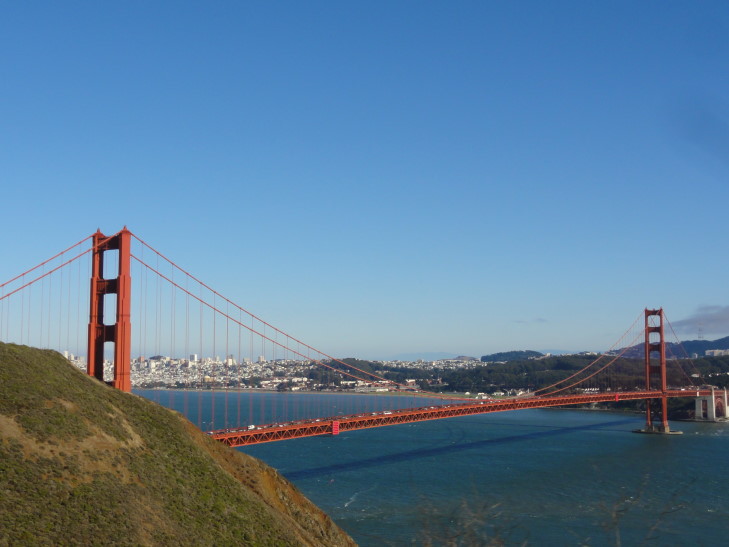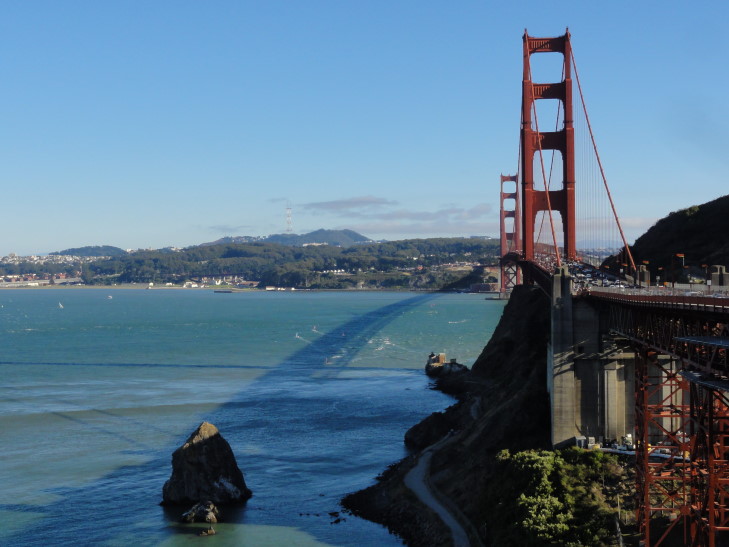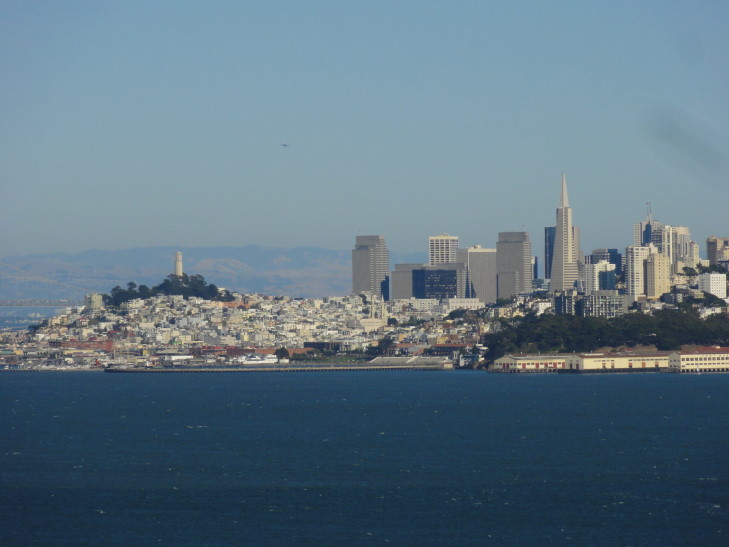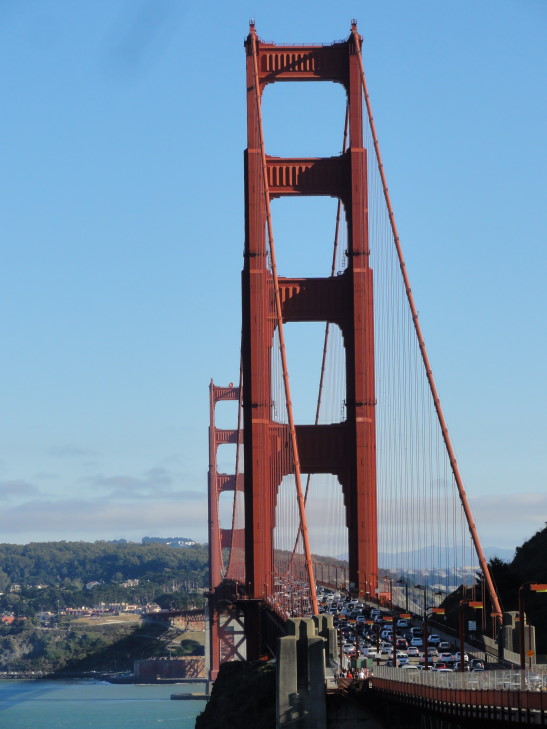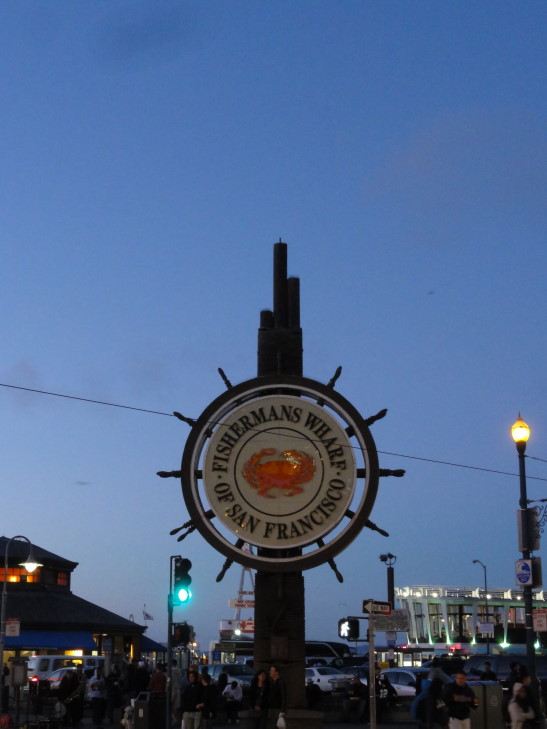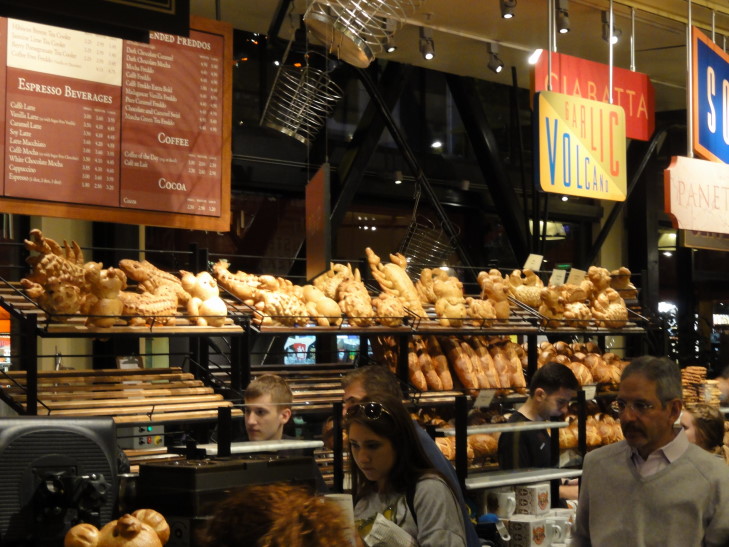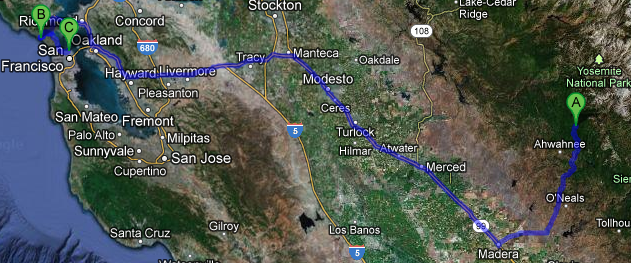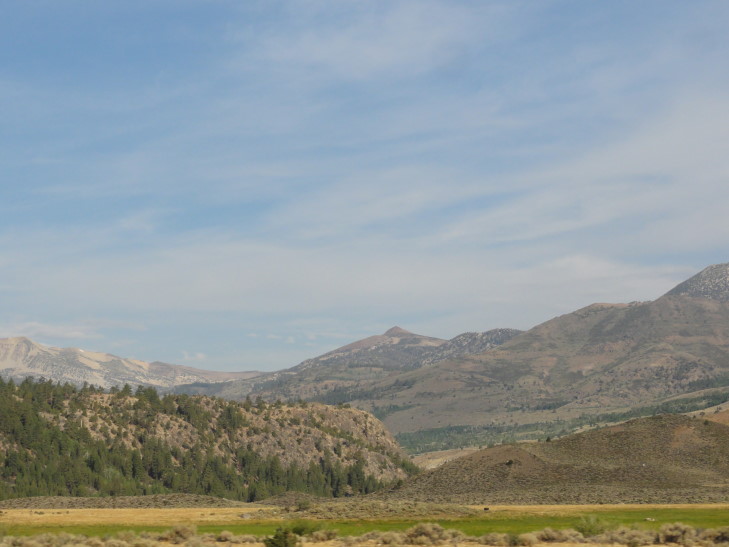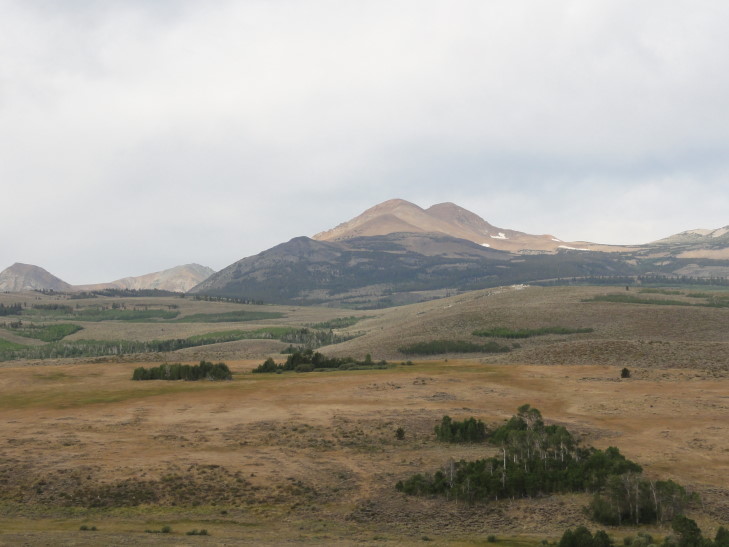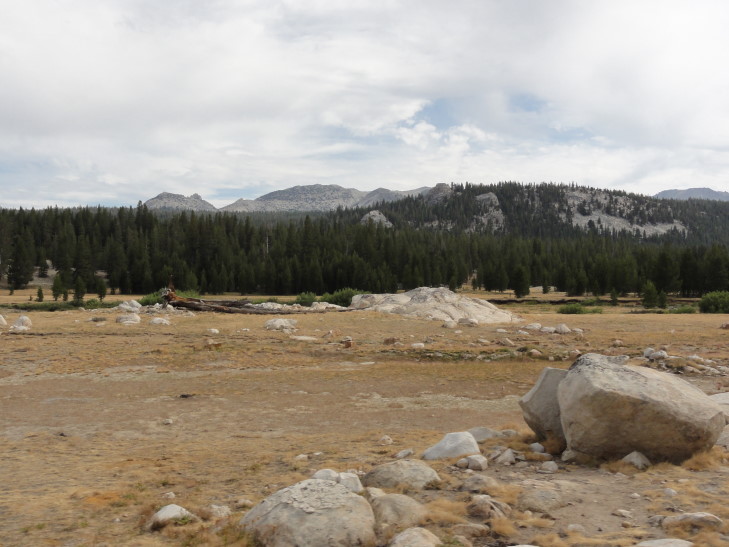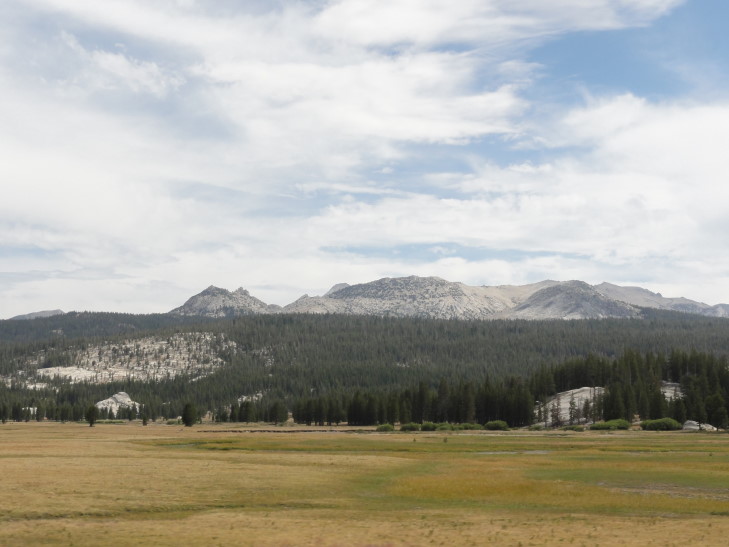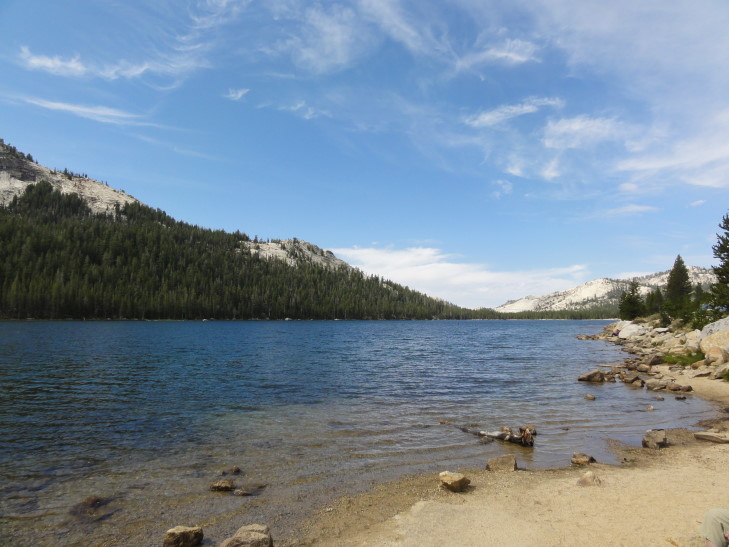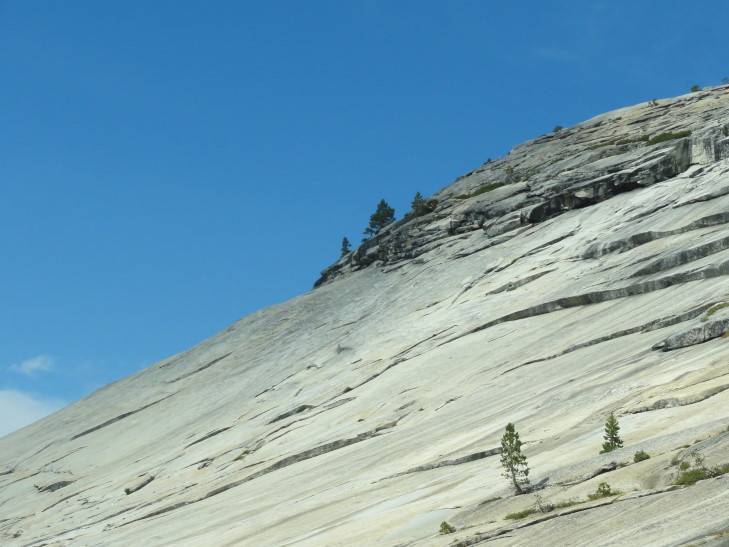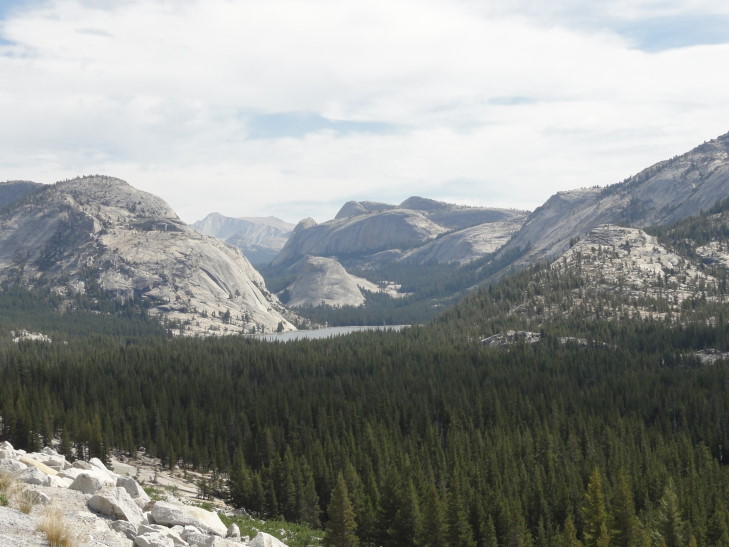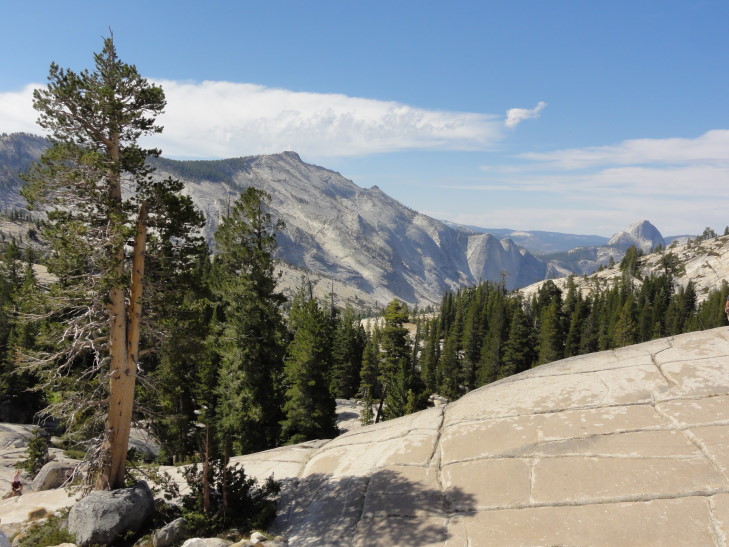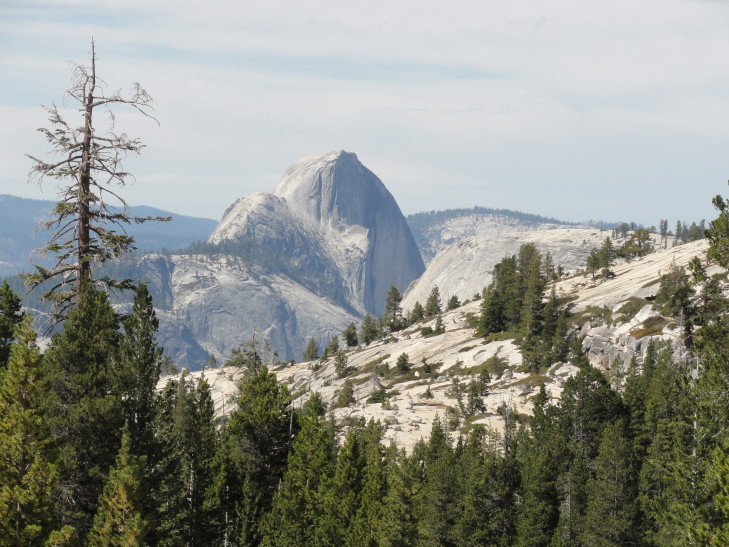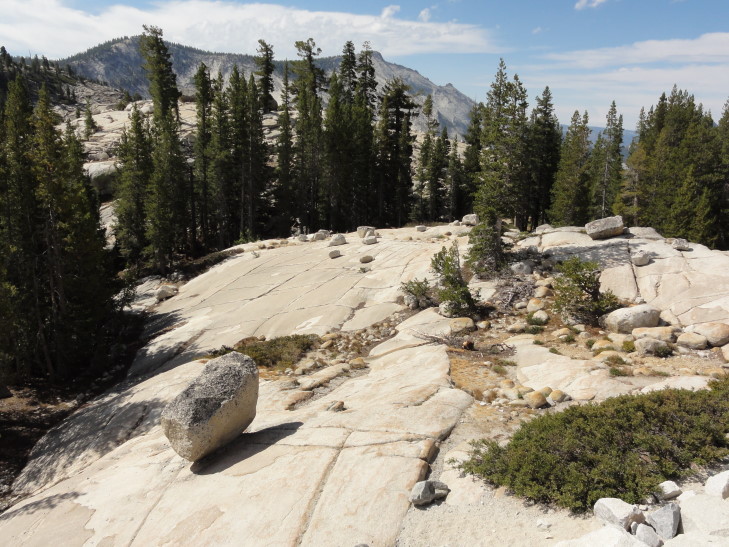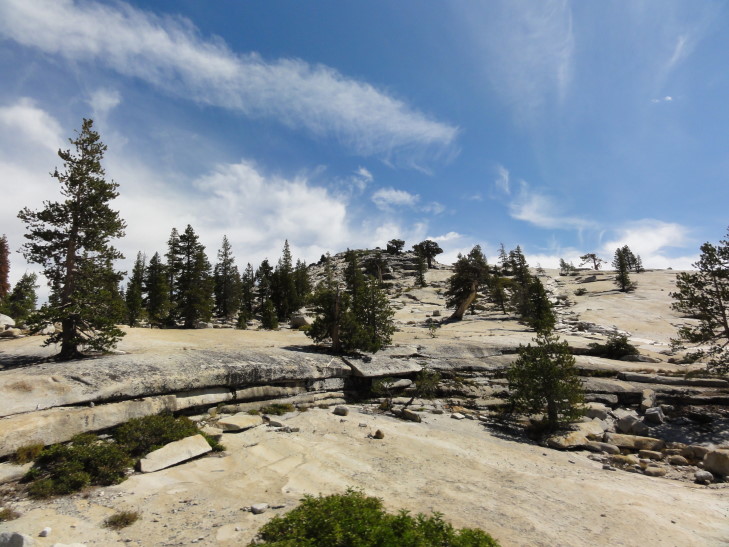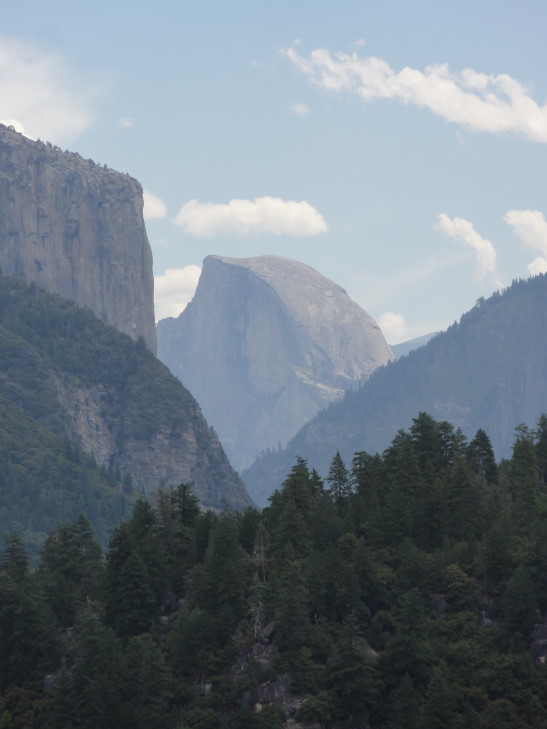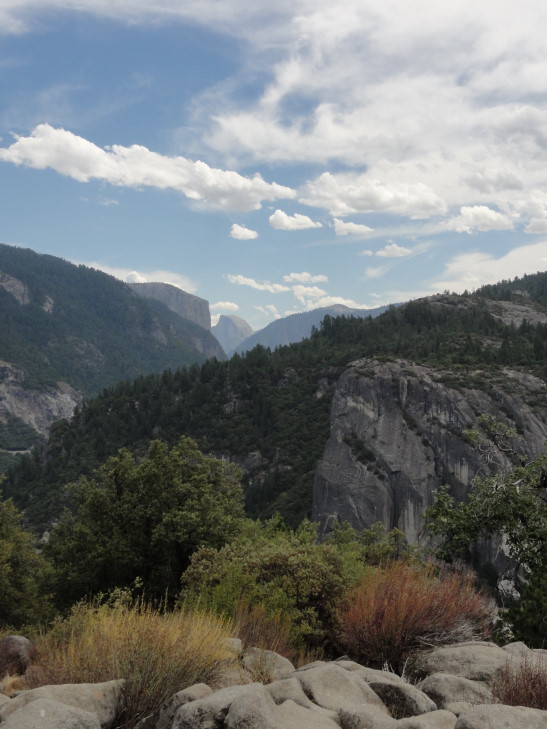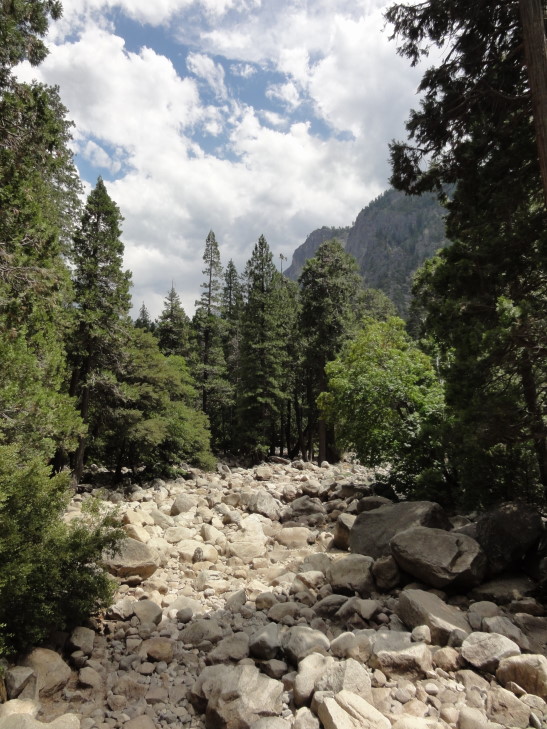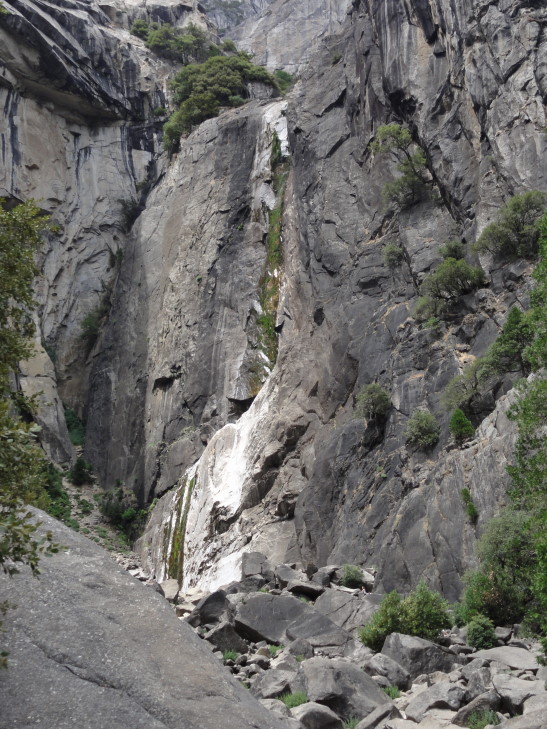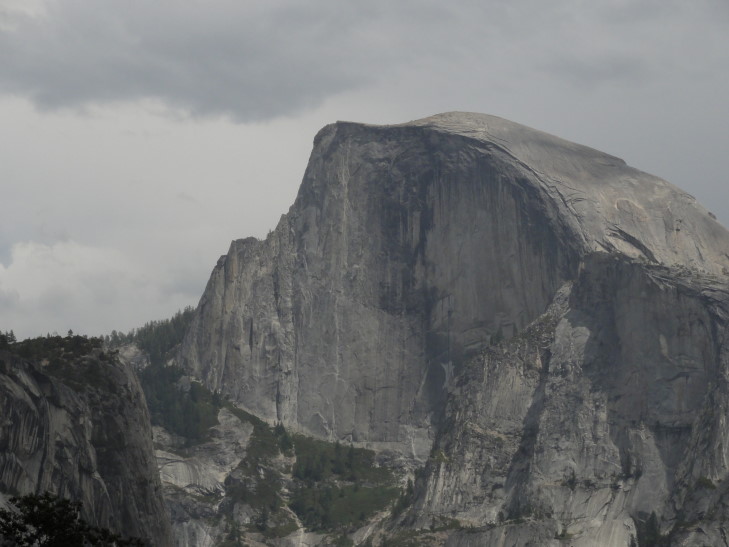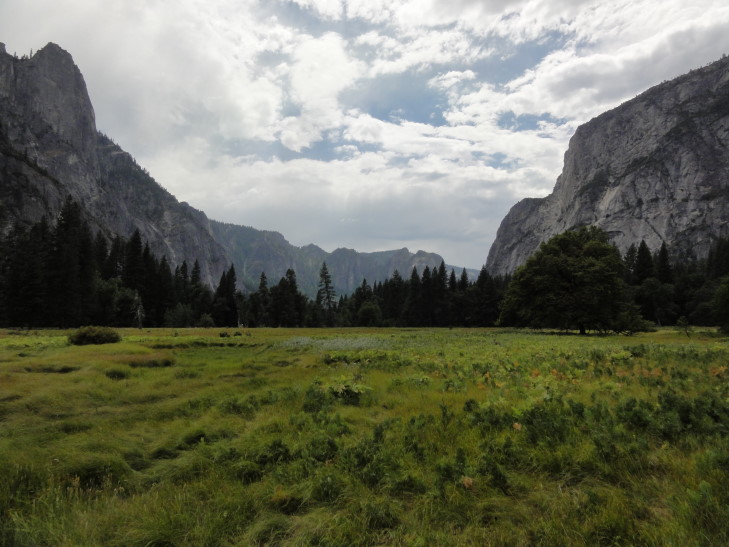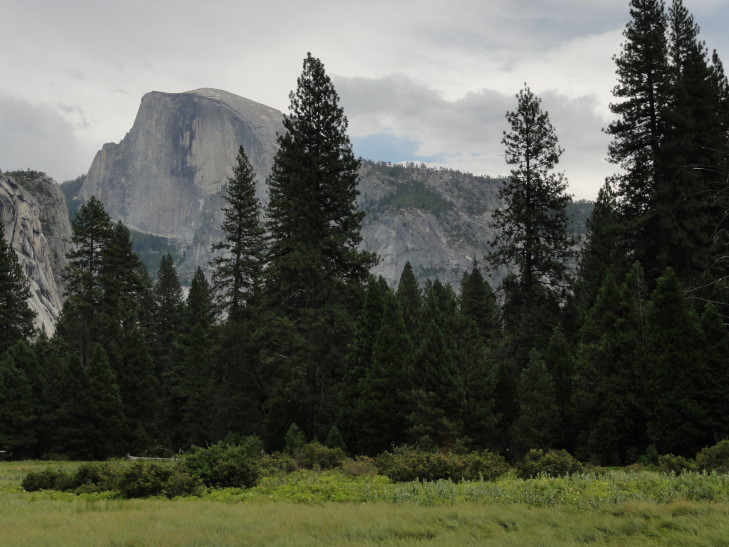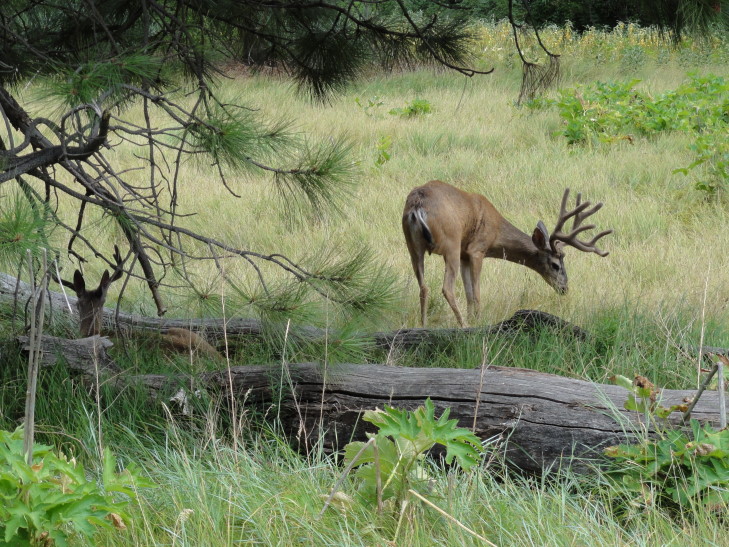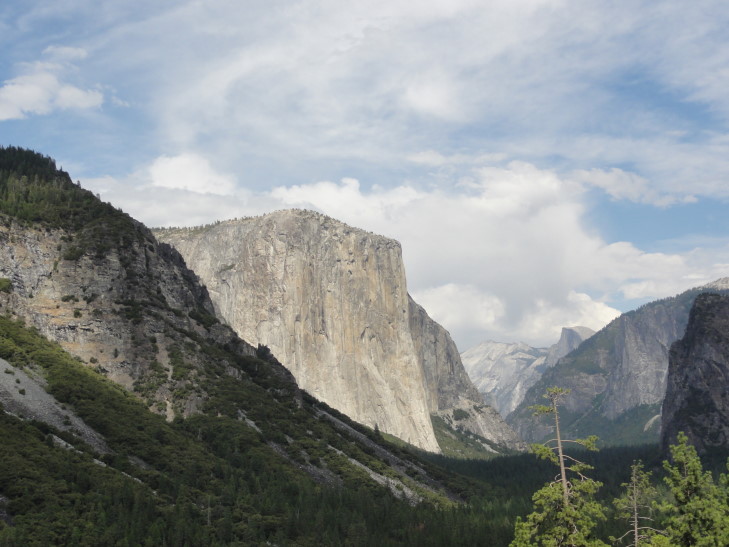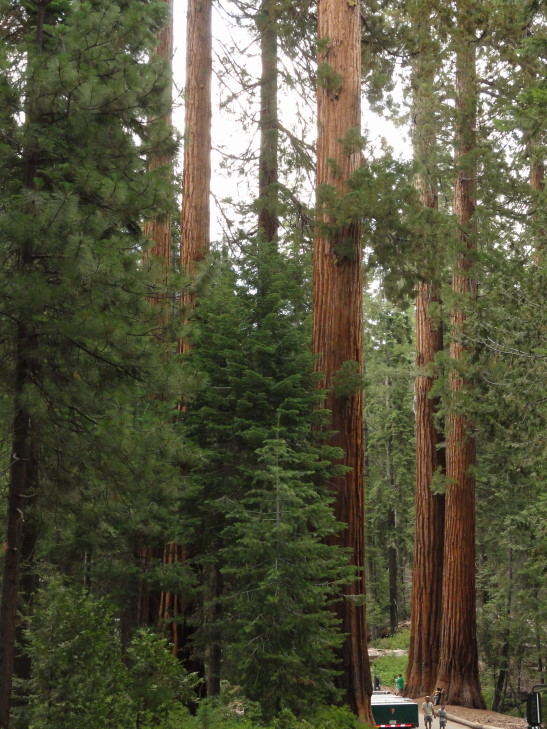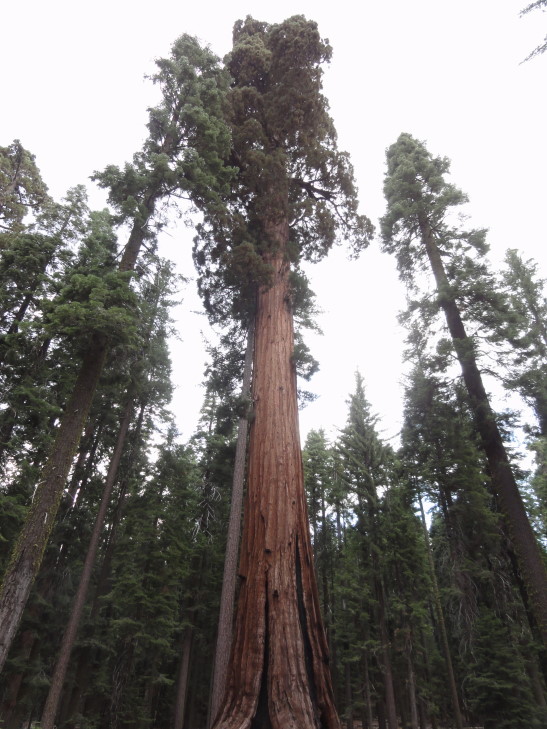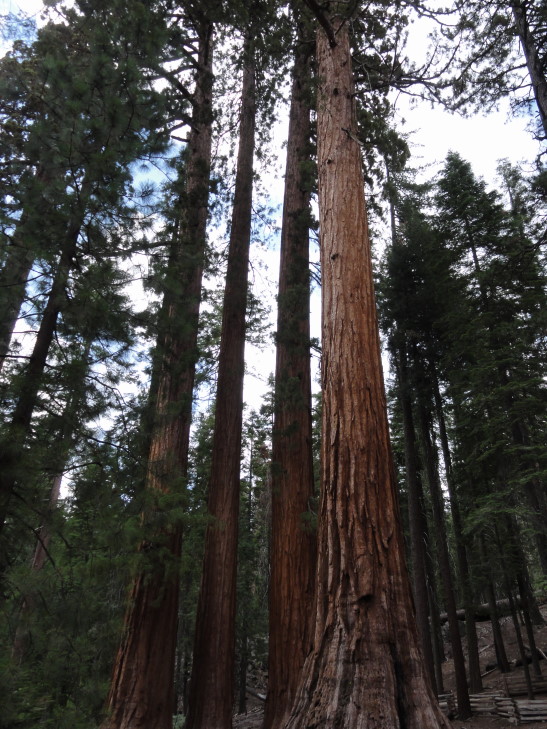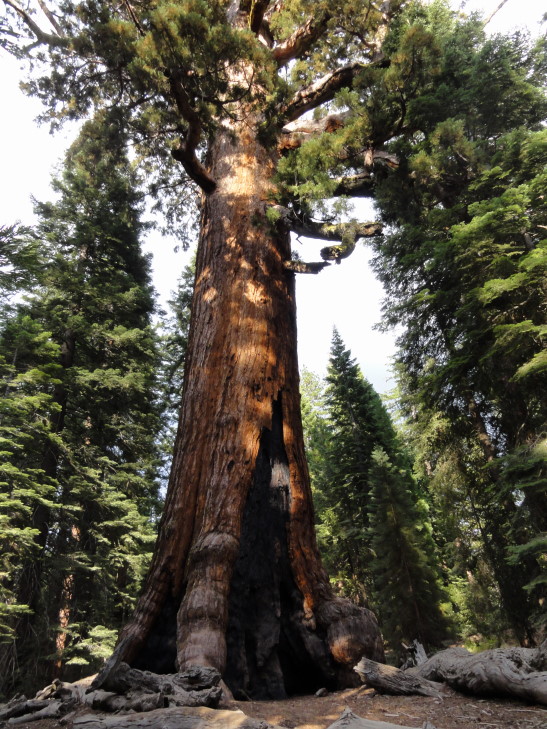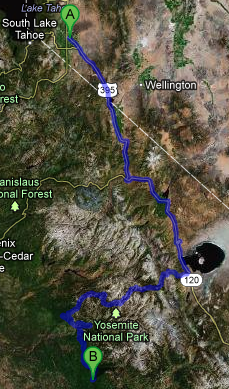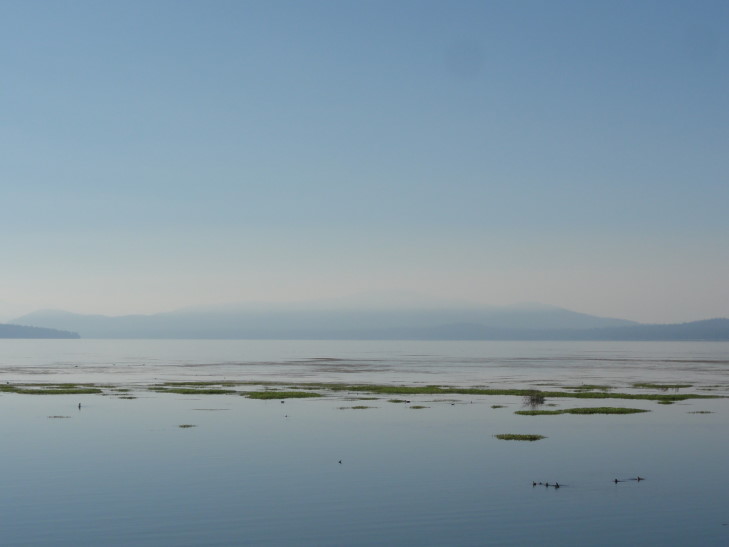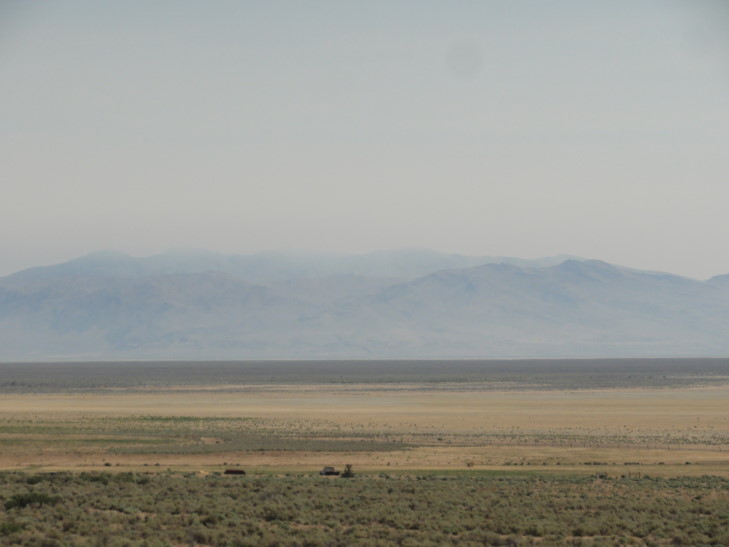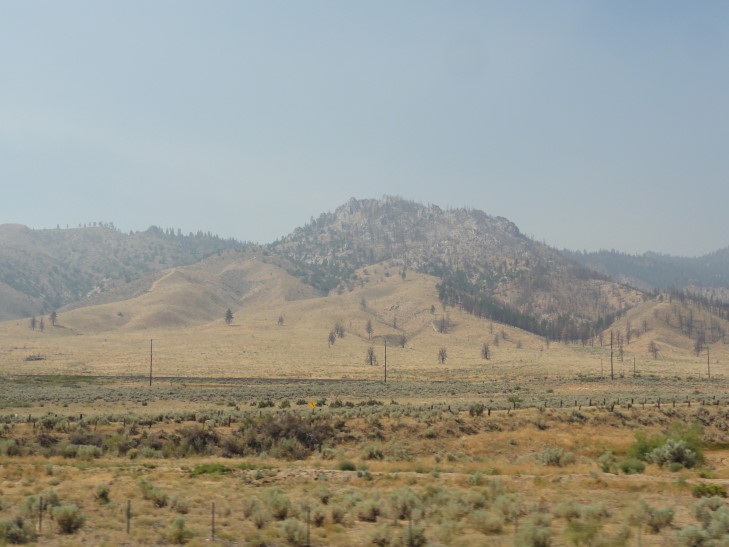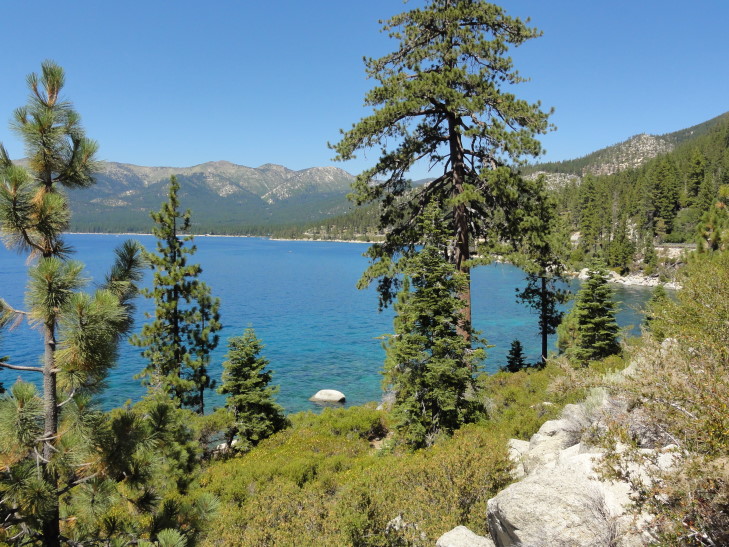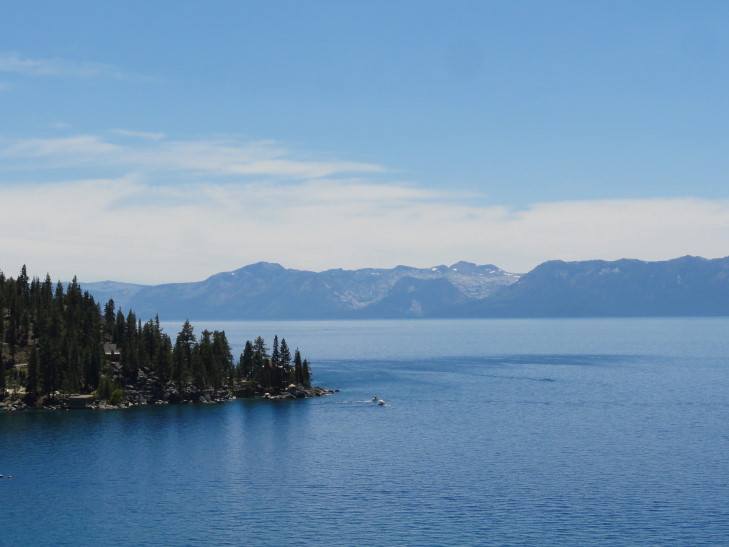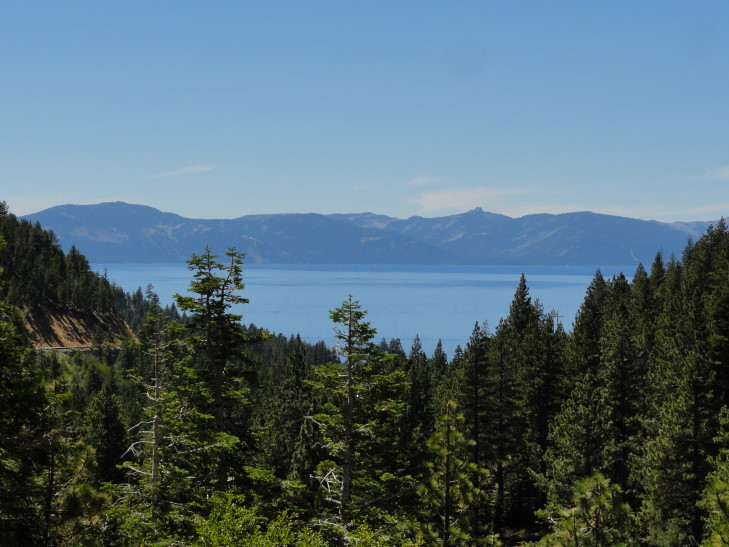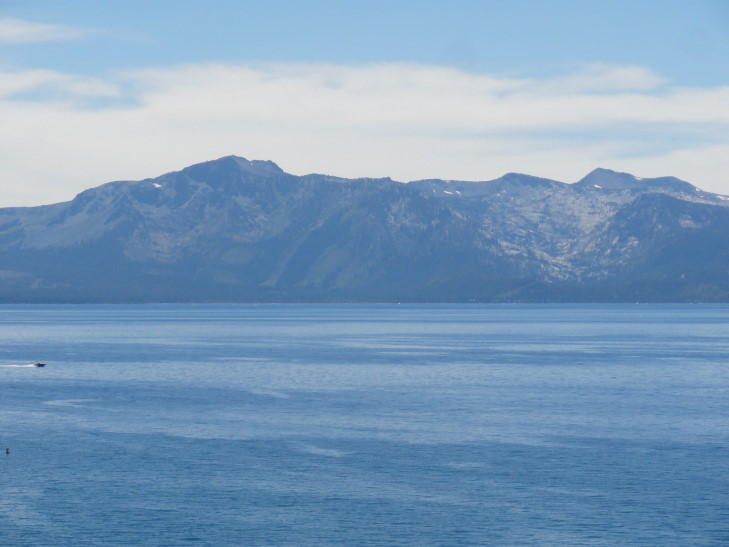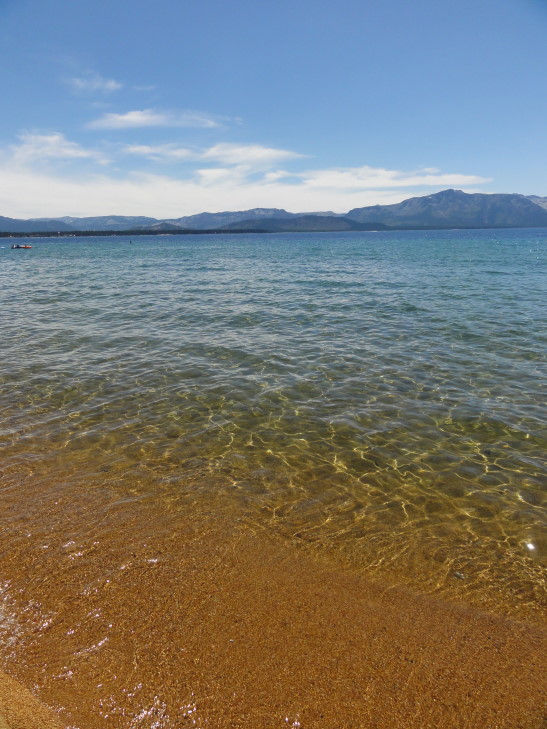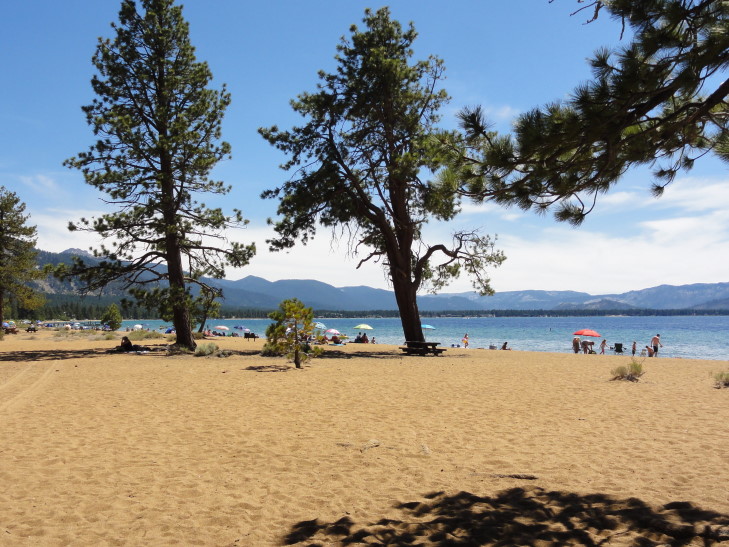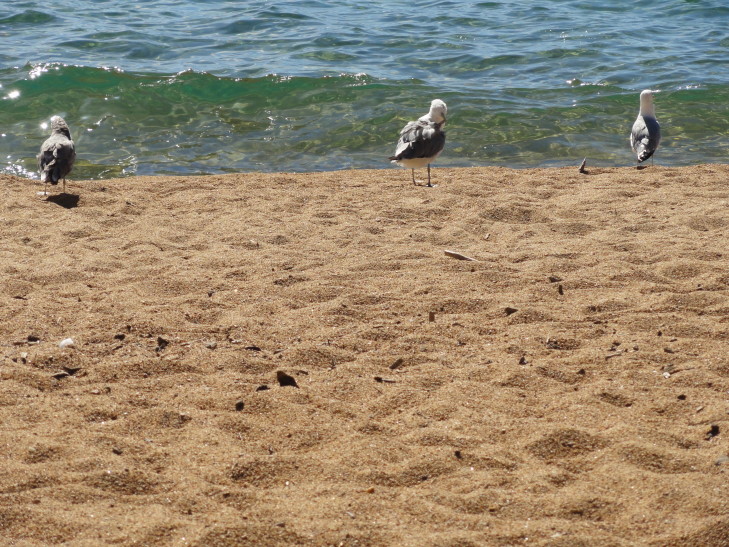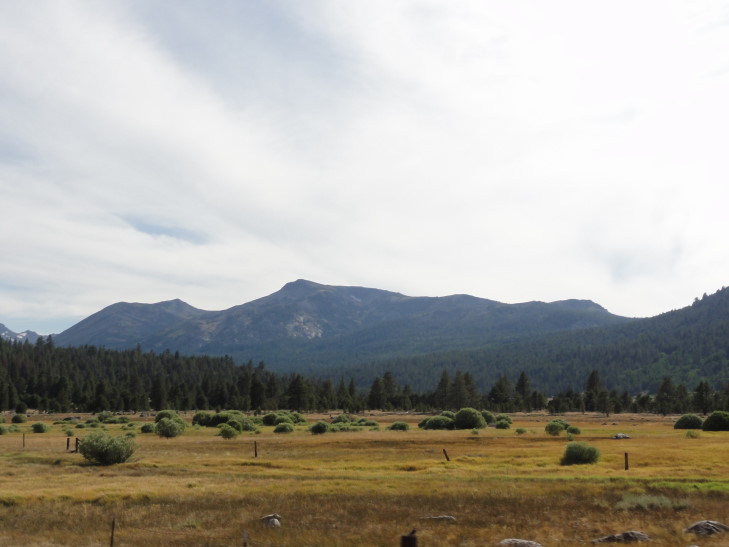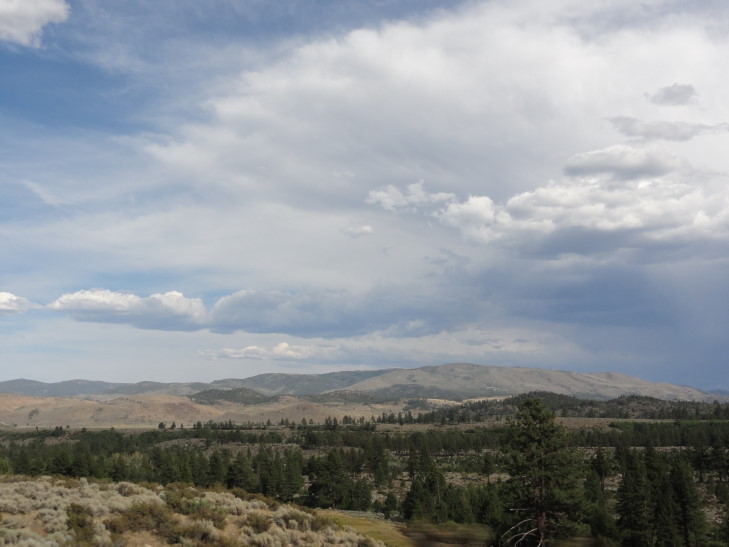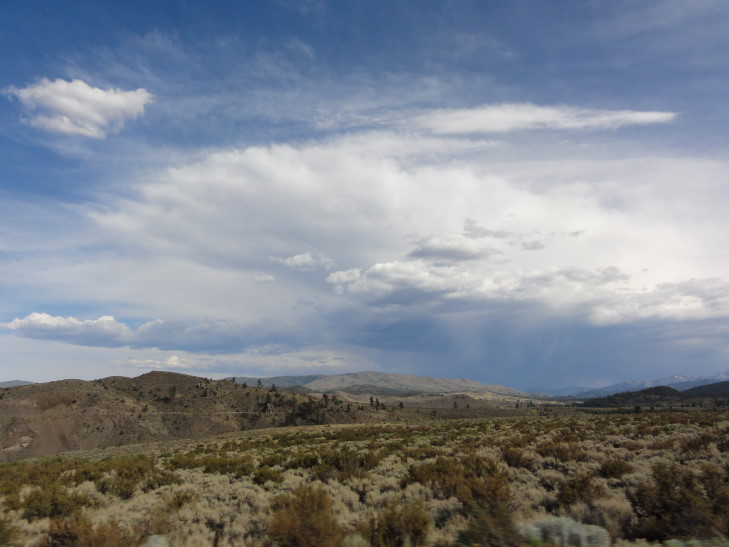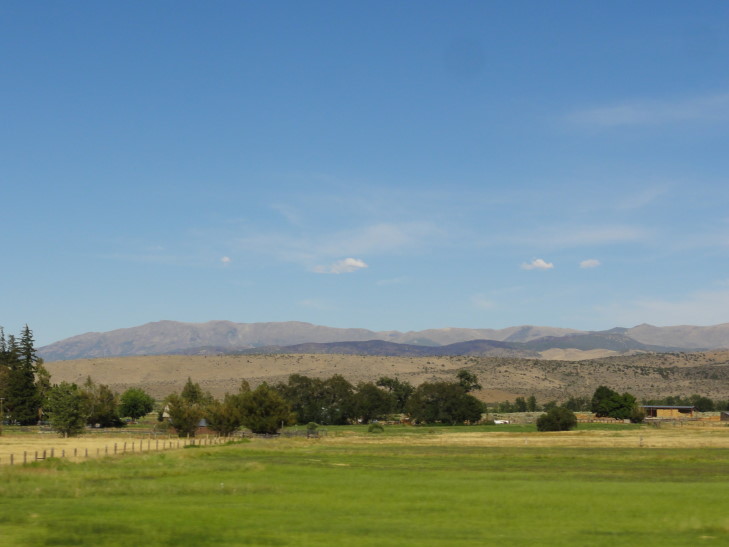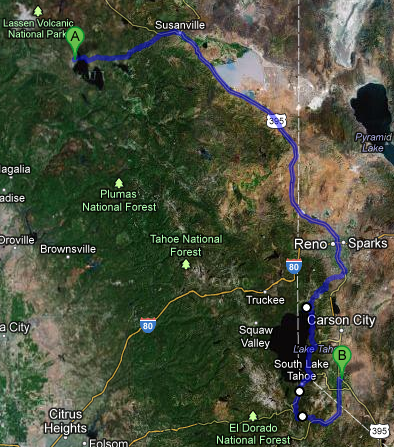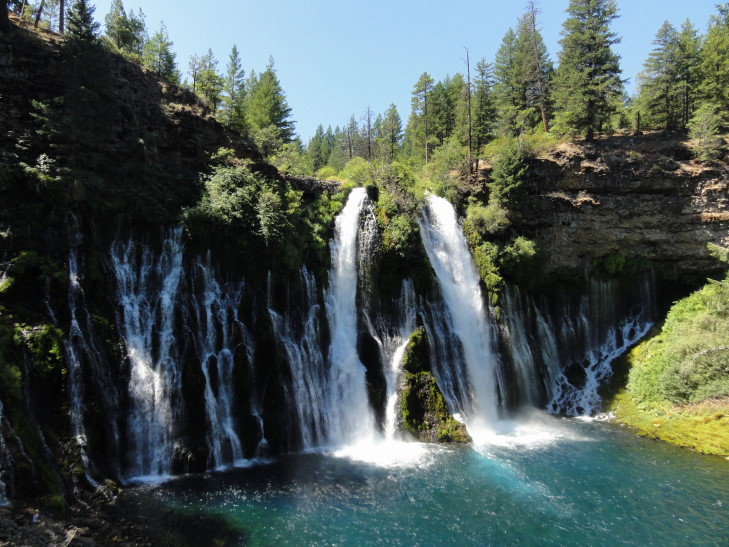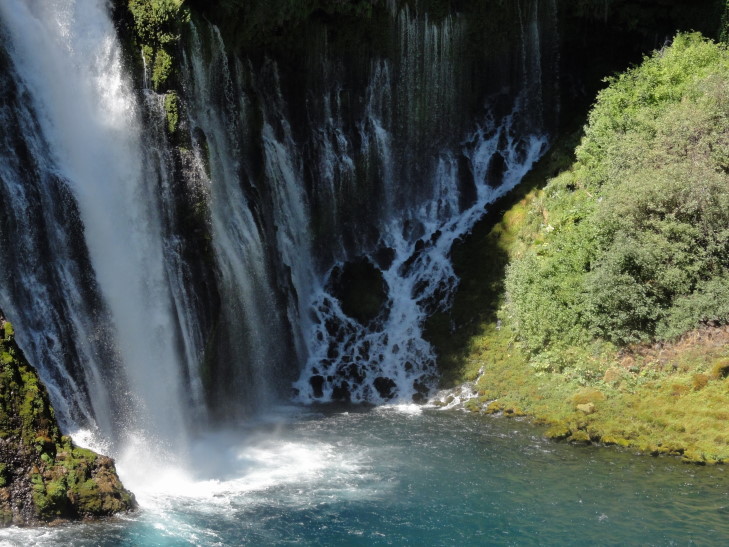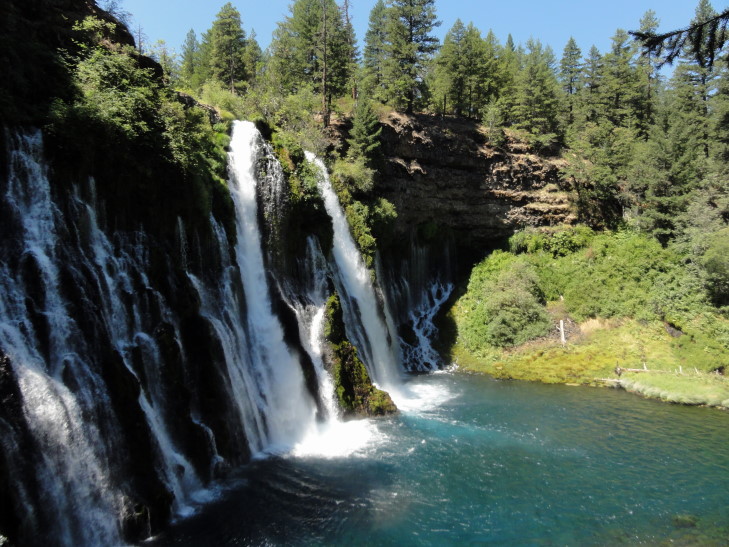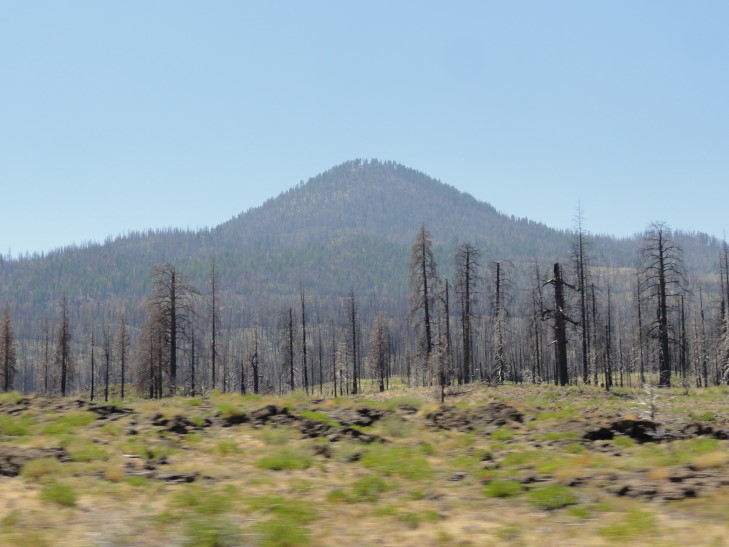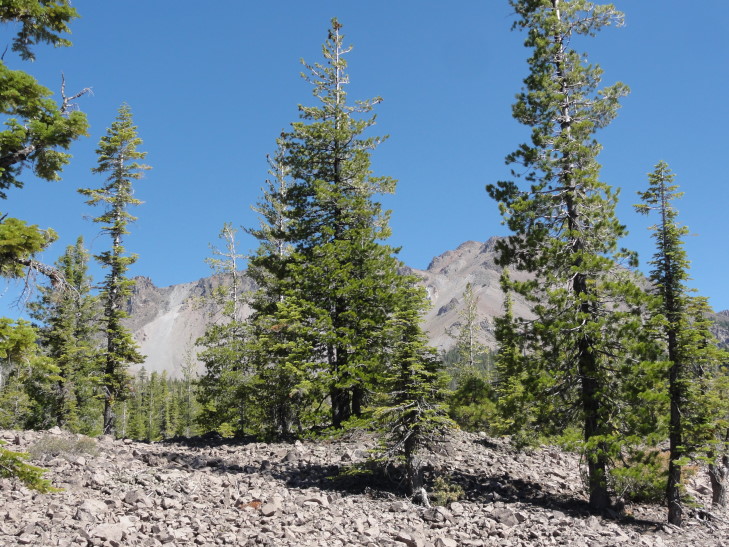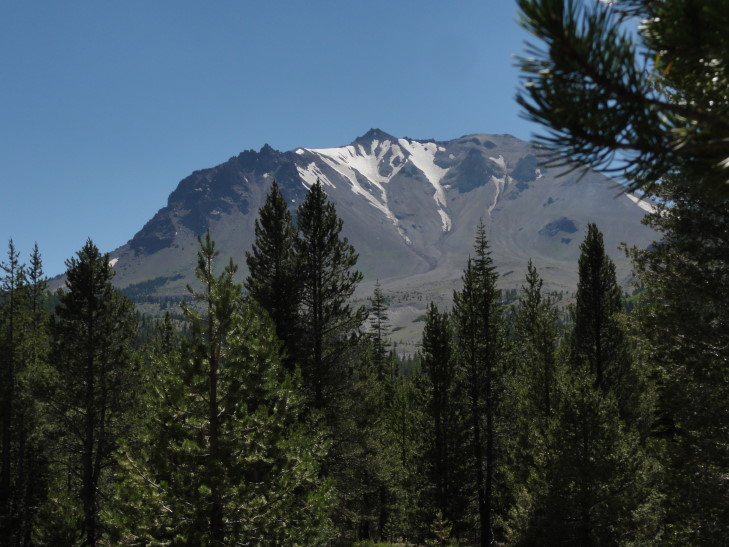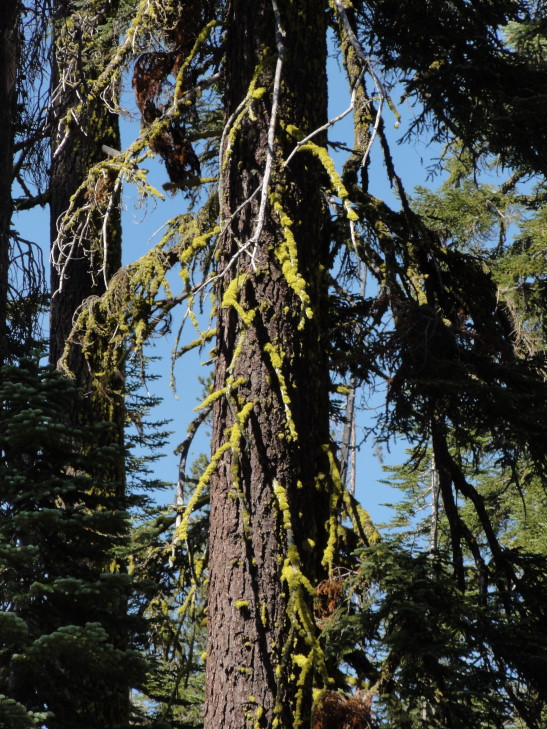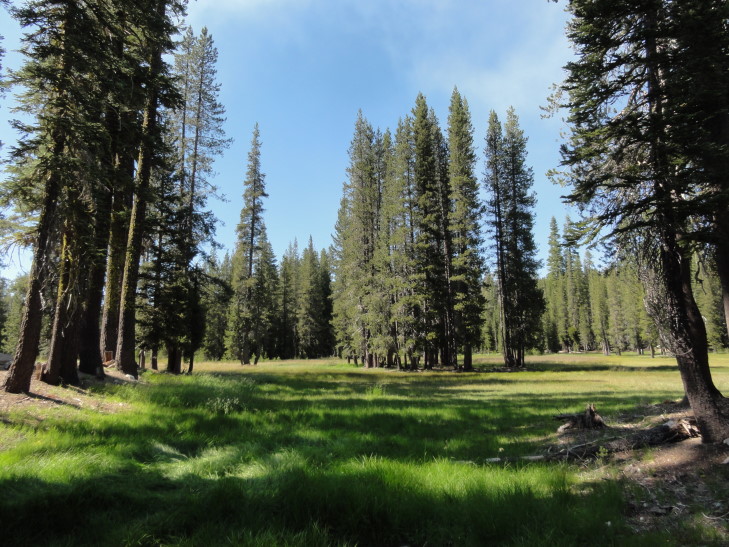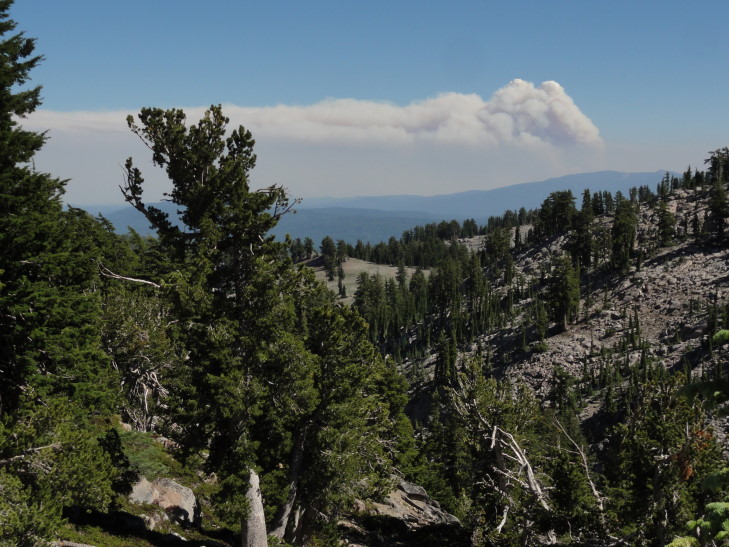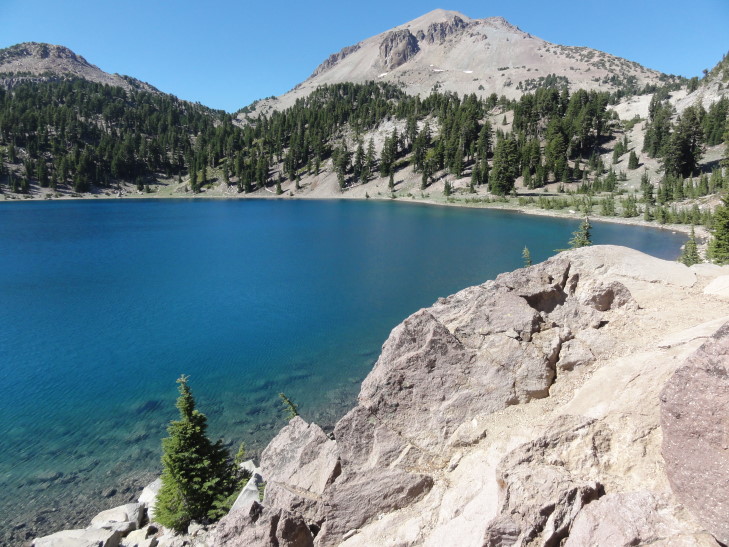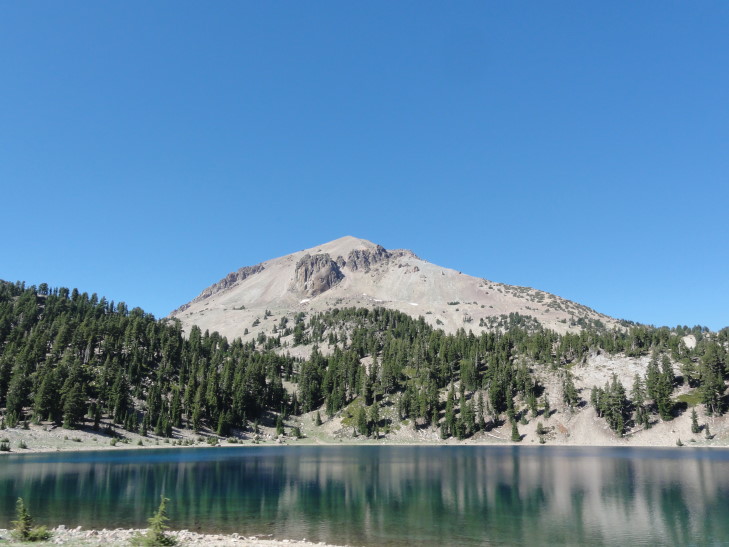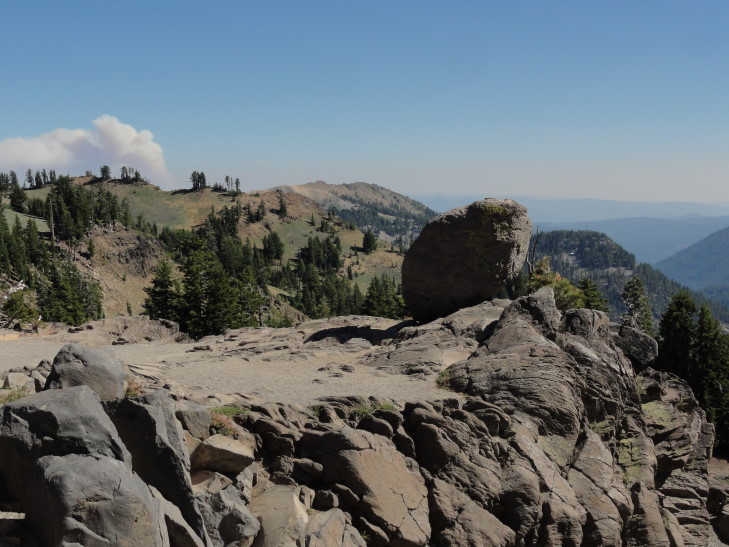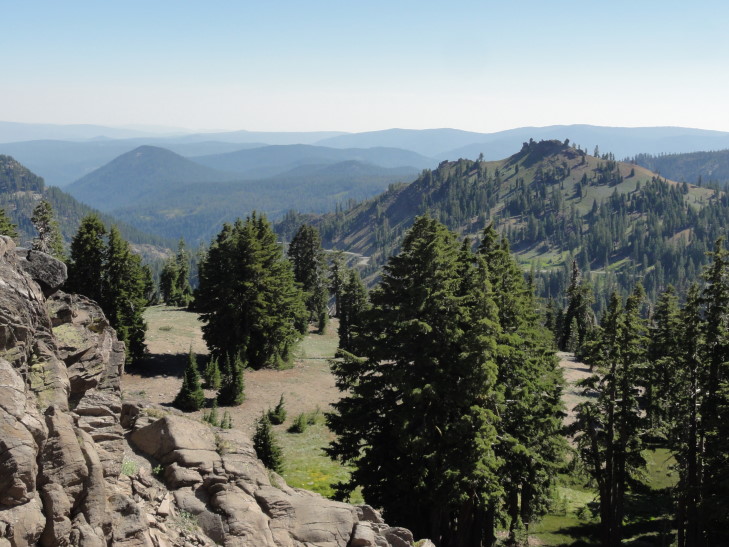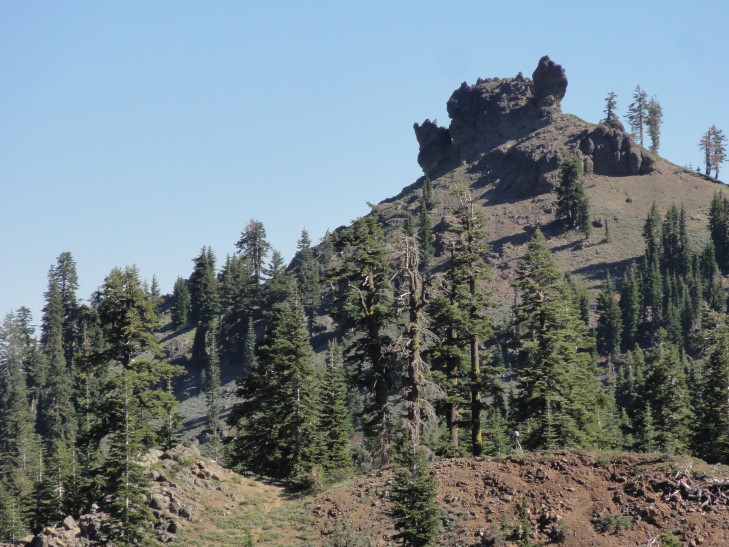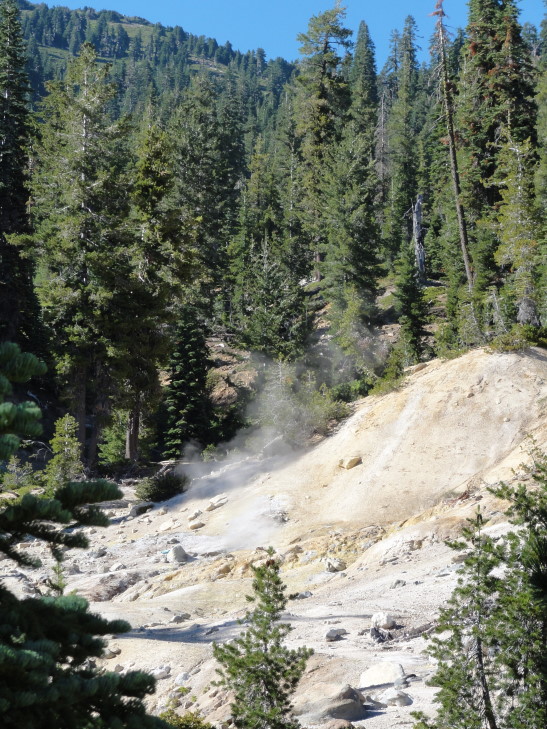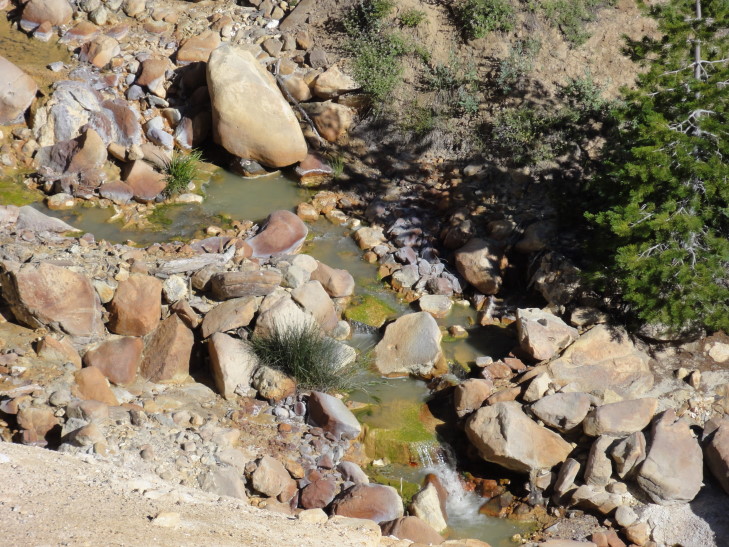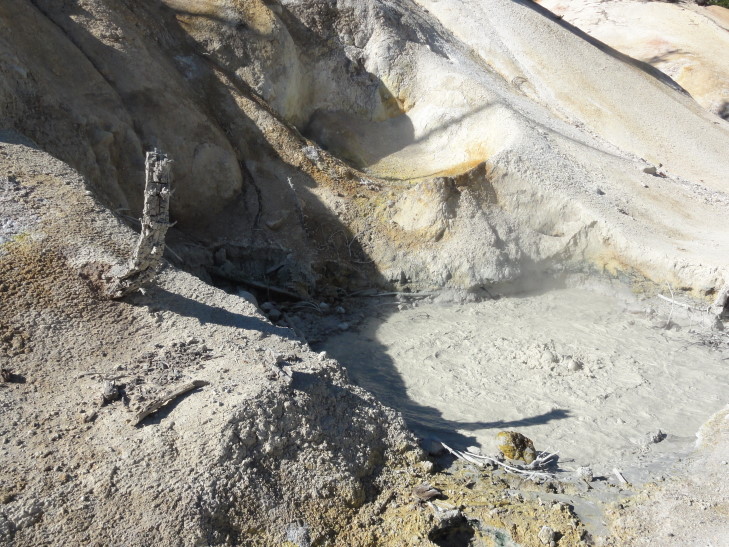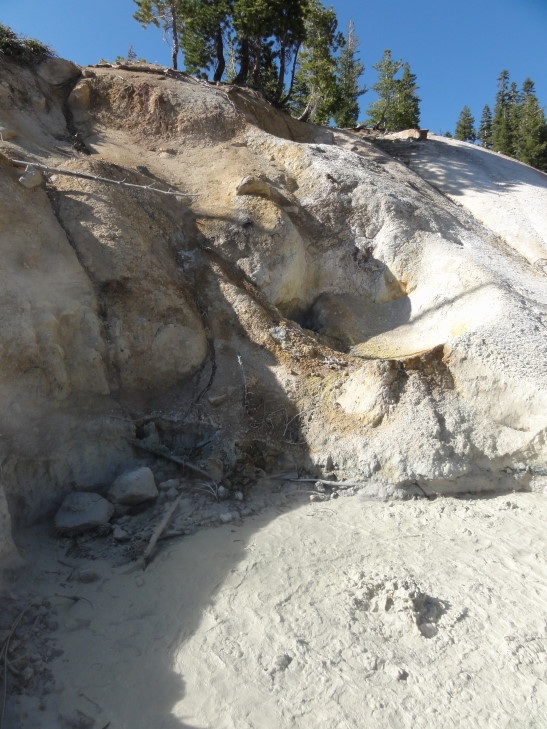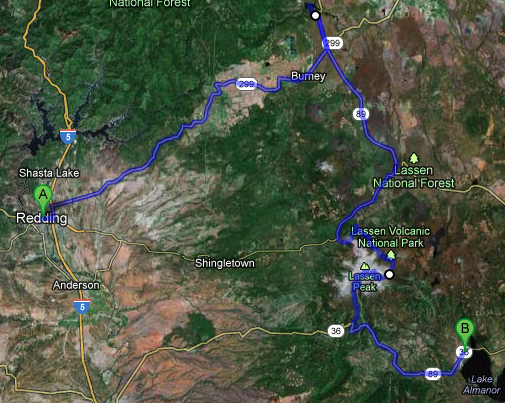Woke up and ate a tiny bit of food as neither Michelle or I were feeling particularly well. The hotel was packed. It seemed to be mainly foreigners, particularly French and Russian. I noticed that last night at Fishermans Wharf as well — I guess the (relatively) weak dollar must be the cause. Headed back to the room to rest for a tiny bit and try to feel better before setting out on the town. Though we didn’t feel very well we didn’t want to waste our only full day in San Francisco.
About 11 o’clock we finally set out and walked down to the trolley stop not far from the hotel. We took the trolley (Powell – Mason line) to Chinatown to do some shopping and find some lunch. We ended up buying the day passes as we figured we’d get enough use out of them — this turned out to be wrong.
Stepping off the trolley at Powell and Washington we headed downhill into the heart of Chinatown. There were some really interesting shops with everything from vegetables, to imported toys, to dried whole fish in the windows.
We ended up eating at Chinatown Restaurant and got three dishes as well as spring rolls to share. We had sesame chicken, sweet and sour chicken, and Mongolian beef. I know, not very daring, but we didn’t feel too great so our adventure threshold was pretty low. Also got a bowl of steamed rice to share. Addison and I got sweet tea but it had this weird aftertaste that was almost Yoohoo!-like. Genetta got some hot tea and Michelle some ginger ale. The food was decent, but we’ve had better. Still it was fun to eat in Chinatown.
Afterwards we went shopping. Other than our normal magnet we found some shuriken for Addison (and I got two for me, haha) as well as a small “jade” dragon for me. Some stores we went into didn’t have any prices on the goods — I don’t know if they expected us to haggle or what so we just moved on to stores that did price their goods. Genetta wanted to buy some jewelry, nothing too fancy, like some earrings or something. She didn’t see anything in the gift shops we were shopping at so she went into a real jewelry store. Eeeep! They had a diamond necklace for just over $99,000. Yikes! A wee bit out of our price range.
We tried to take the trolley back towards the hotel (as we weren’t feeling great and wanted to rest a tiny bit and let the food settle) but it was too crowded. We ended up walking (downhill, thankfully) about seven to ten blocks to the hotel, seeing Washington Square and the adjacent church (very neat), a distant view of the crooked part of Lombard Street, and areas of North Beach, as well as Coit Tower fairly near. It was a beautiful day, nice breeze and not a cloud in the sky, and downhill so it went quite well.
After less than an hour of rest we headed out to Pier 39 to see the sea lions. The sea lions are a recent phenomena to Pier 39, having appeared shortly after the 1989 earthquake. At first there were just a couple but over time the numbers have swelled to sometimes 1,000 at a time. Unlike Sea Lion Caves in Oregon the sea lions don’t use the area as a rookery, just as a place to swim free of predators (as they don’t enter the bay) and sun. Also they are California sea lions, not Steller sea lions as in Oregon.
We greatly enjoyed watching them. Most just lazed about, some even with their flippers dipped in the water. Every once in a while one would jump in the water and play. Some challenged each other, the loser getting knocked off the dock. One dock had all of the sea lions on one corner so that it tilted at an extreme angle.
Genetta and I peeled off from Michelle and Addison and went to the end of the pier to check out Alcatraz. We also saw a sailboat leaning far over due to the brisk wind as well as the sub and Liberty ship in the nearby pier.
After getting our fill of sea lions we headed down the middle of Pier 39 and hit a few shops. They had some unique ones, that’s for sure. They had a store catering to left-handed people called Lefty’s (what, no Leftorum?!), one dedicated to Irish goods (from which Genetta got some earrings), and two shops with just magnets.
We picked up the F bus and rode it to as close to Ghirardelli Square as we could. Back in the day the chocolate was actually made in the city block but the buildings have long since been converted to shopping and restaurants, and of course a Ghirardelli store. There we got some chocolate and ice cream.
Across the street was a municipal beach that was protected from the waves of the bay. Swimmers were swimming the great distance from the west end of the beach to the east. There were also some historical boats, like a multi-masted wooden one, nearby as well.
I decided I wanted to see Lombard Street up close so we stood in line waiting for a trolley. What a waste of time, they were way too crowded. Addison and I ended up walking the four blocks uphill (at an amazing slope — and each block got steeper and steeper) where we emerged at the top of the crooked portion of Lombard Street. We took some pictures then descended steps adjacent to the crooked road. Along the way we enjoyed looking at a lot of cool houses, including one that had a beautiful vine with purple flowers growing all over it.
Michelle noticed, the next morning, that the third car from the bottom in the picture above is going down backwards. Cuh-razy.
As we descended back to the public beach to meet Genetta and Michelle we enjoyed wonderful views of the bay to the north as well as the neighborhoods to the east that we had walked through earlier in the day. Genetta and Michelle had gone shopping in Ghirardelli Square in our absence.
It was about this time that we noticed a large, black plume of smoke coming from across the bay. Soon we could see huge jets of flame. We’d later learn that a Chevron-owned oil refinery in Richmond had an explosion.
We sought dinner at Lori’s Cafe where Genetta, Addison, and I had hotdogs and Michelle had some grilled cheese. Wasn’t great, but wasn’t that bad either. Headed back to the room and blogged while Michelle slept and the kids played on their iPads.
